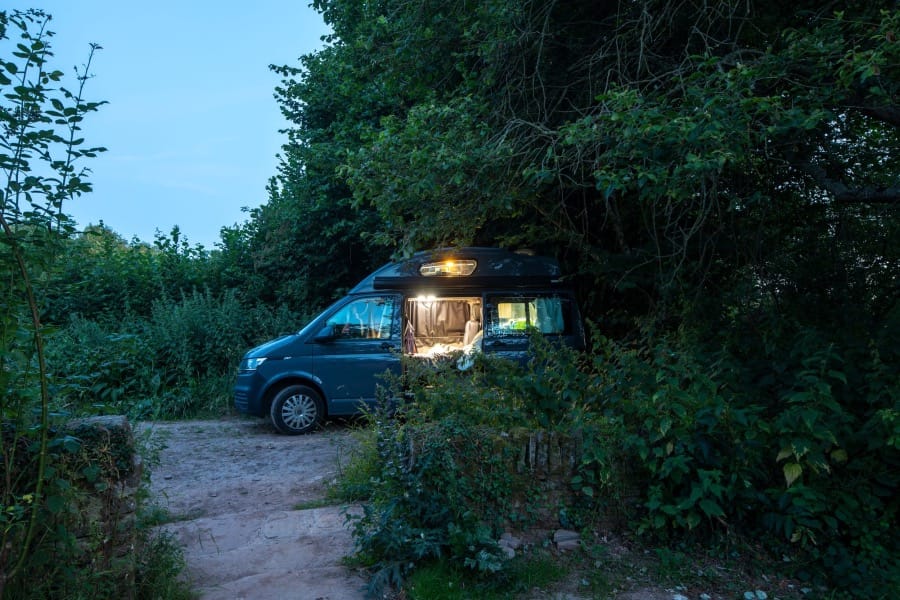
Welcome!
Thanks for coming along
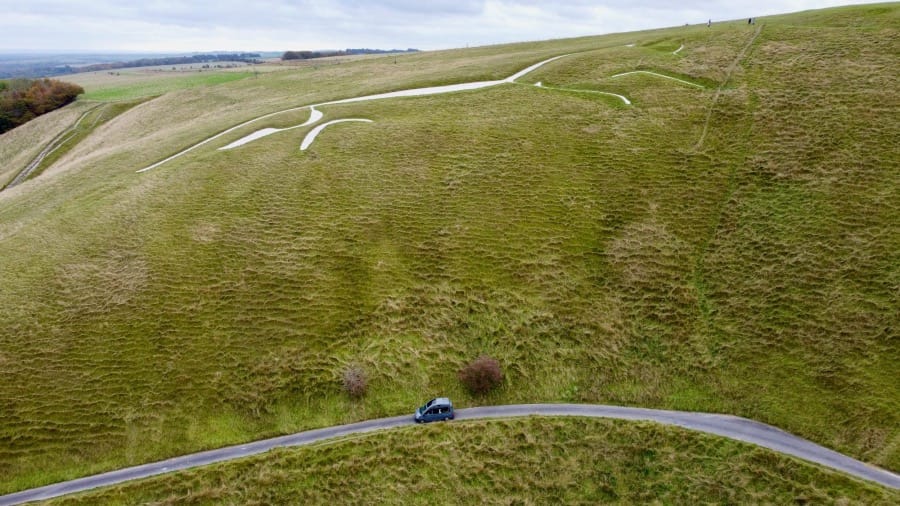
⚡️ View the latest digest and the full archive here.
📐 My Goals ℹ️ Donations Page & Status 📸 MPP Status 🛍️Shop
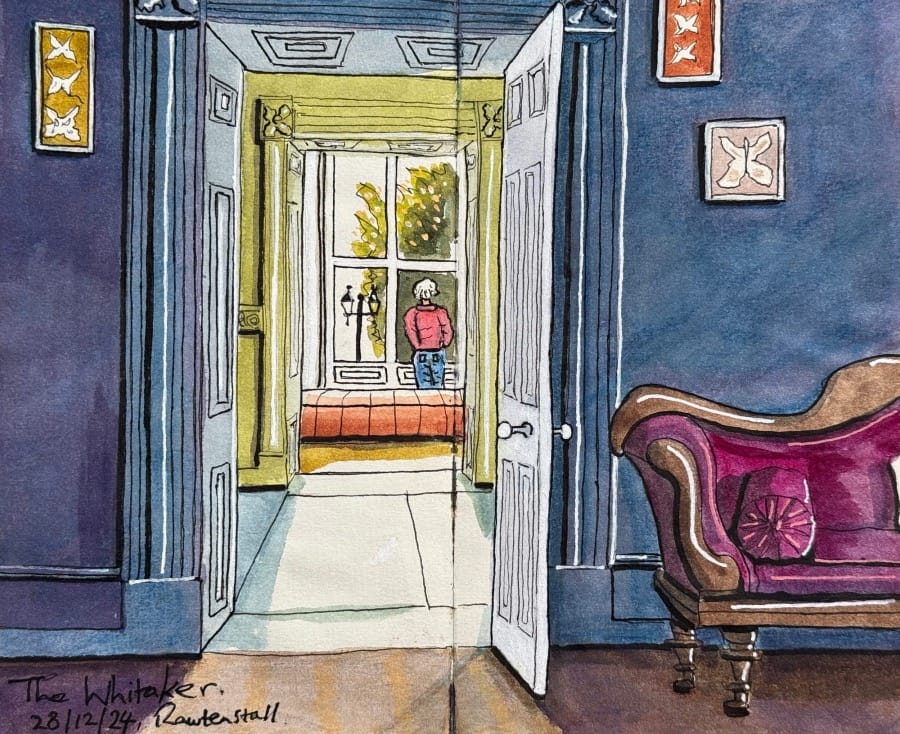
"If we had a keen vision and feeling of all ordinary human life, it would be like hearing the grass grow and the squirrel’s heart beat."
George Eliot.
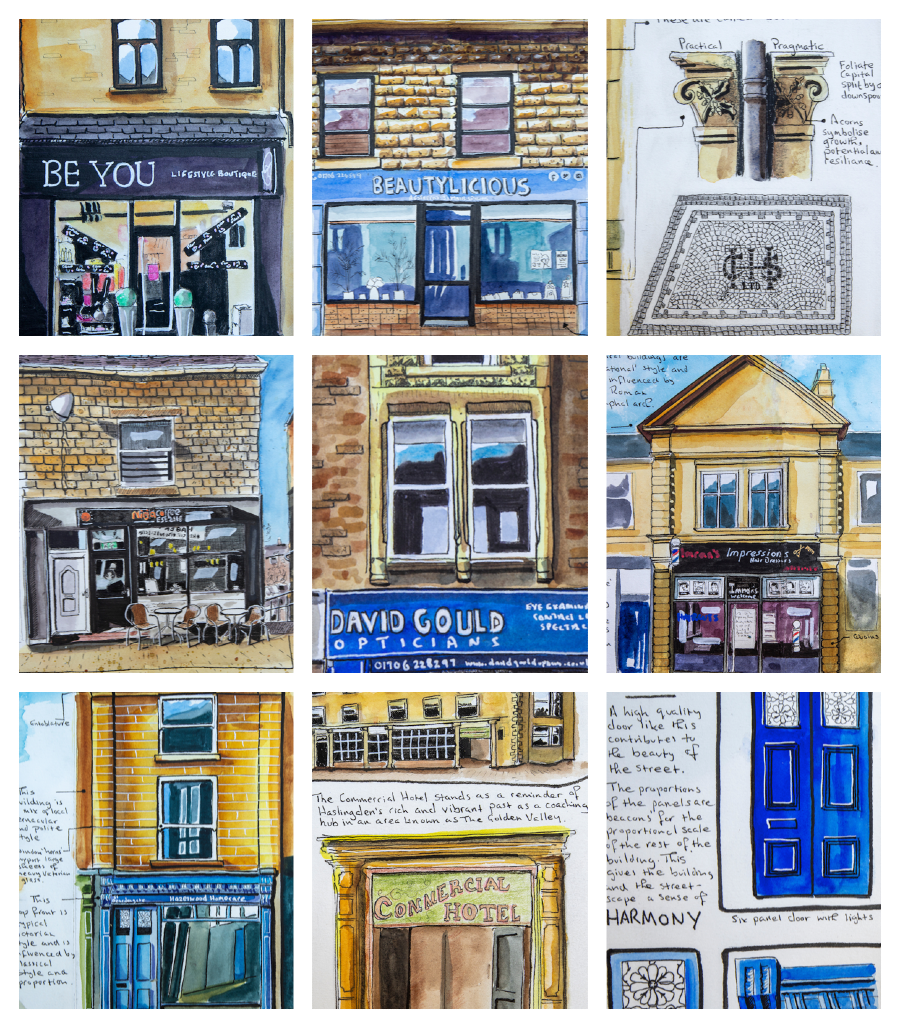
Museums on the Move – The Poetry of Place
Genius Loci Digest subscribers are used to me visiting the wondrous, the enchanting and the fantastical and might turn an eye when I mention that my latest visit was to a little Lancashire town called Haslingden - no castles, no cathedrals or palaces. But my experience here, whilst working on a project with Gina Warburton and Ella Jones of the Whitaker Museum in Rawtenstall, has been far from mundane – in fact, it’s shown me that we can find joy, purpose and meaning in even the most unassuming places, especially those not often spoken of as tourist destinations.
As part of the Museum on the Move project, I was invited to help uncover and celebrate some of Haslingden’s overlooked histories. Local volunteers researched the town’s buildings; I sketched and water-coloured them.
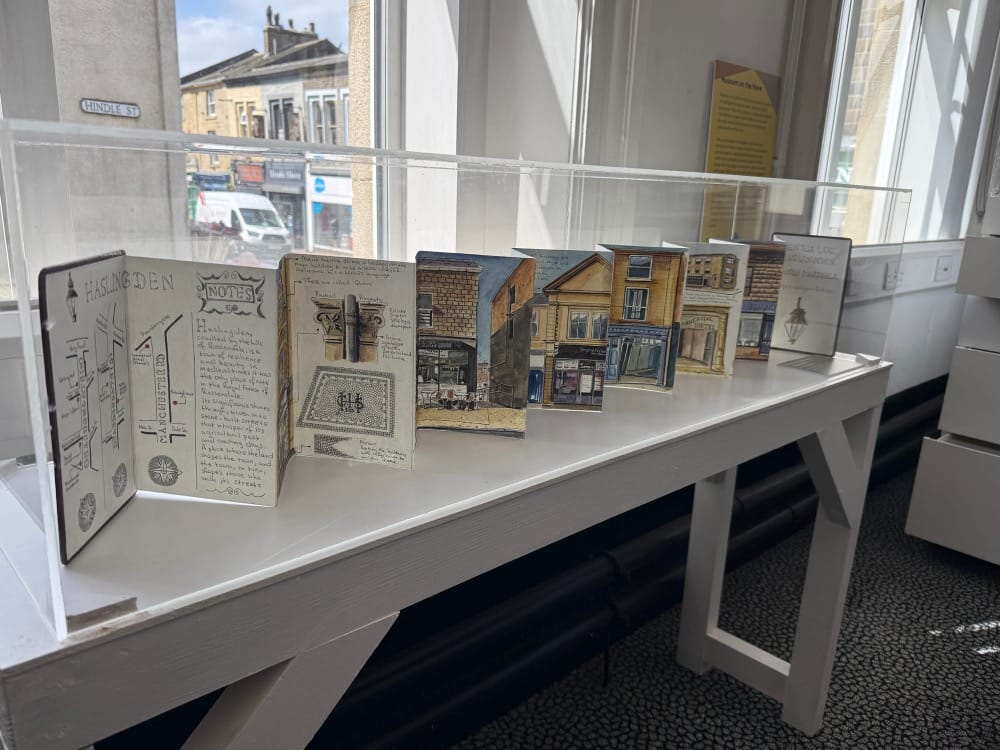
The resulting artwork is now on display in Haslingden Library, alongside a cabinet of curious artefacts from the town’s past – butter churns, tobacconist’s pipes and the tools that once shaped daily life. Each artefact was carefully curated from the Whitaker Museum’s collection.
A printed trail map was also created, showing buildings across the town marked with interpretation boards, allowing these rediscovered stories to reach passers-by.
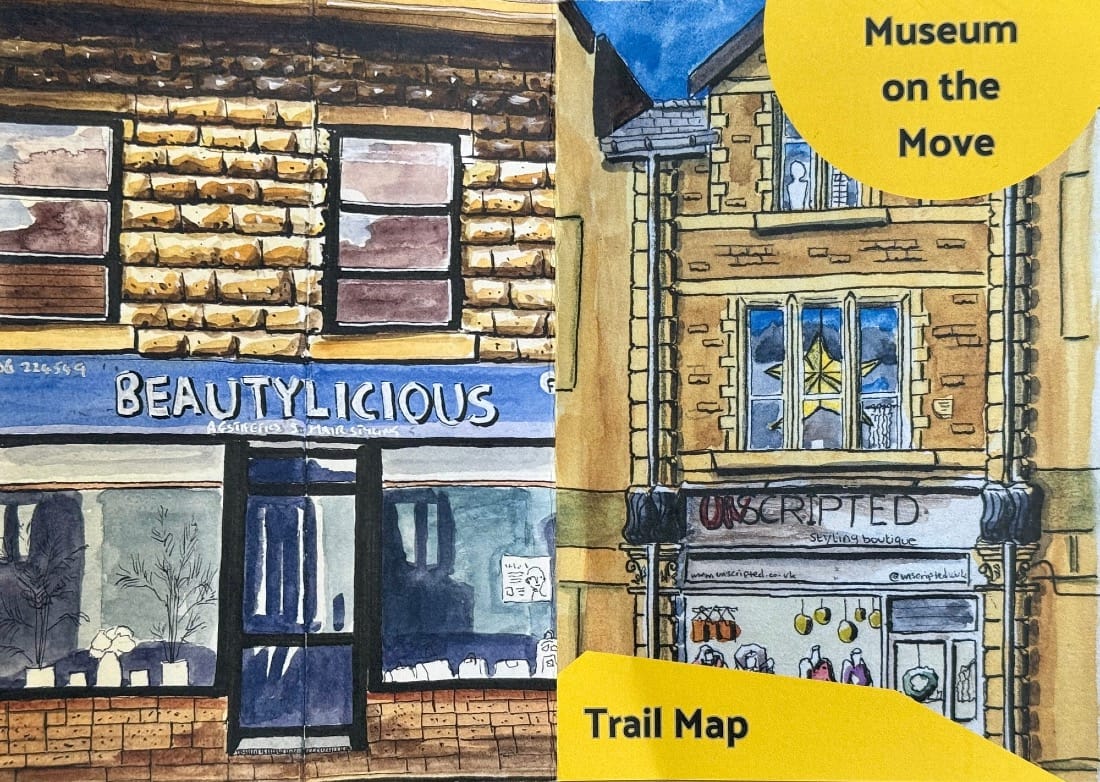
My visit included a walking tour with GCSE art students from Haslingden High School, led by Ella and Haslingden historian, David. As they shared the fruits of their research, I spoke to the students about the secret lives of buildings – how the grammar of architecture can reveal the hopes, industries and character of those who once moved through these streets.
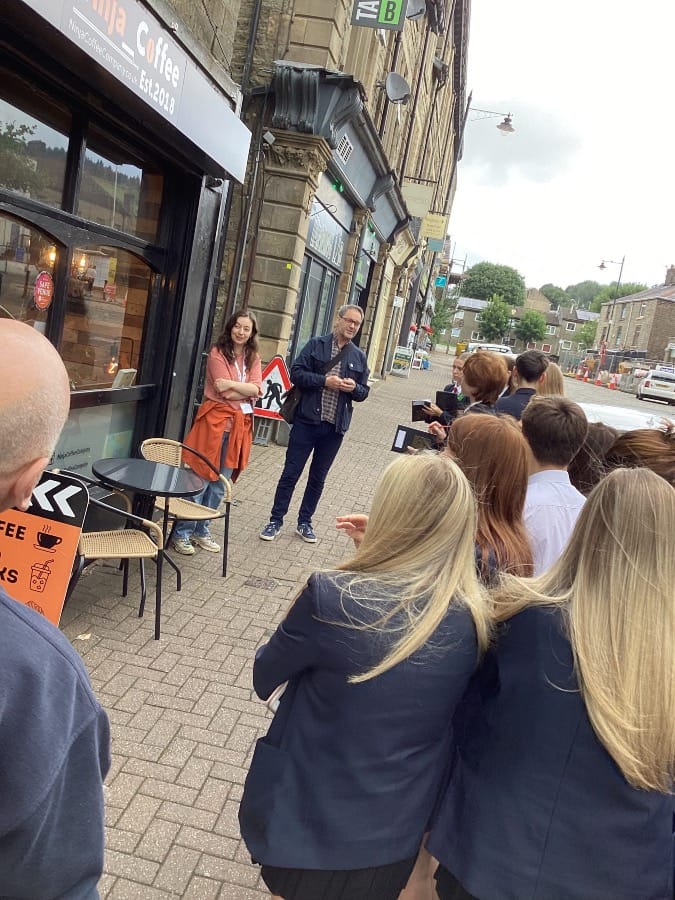
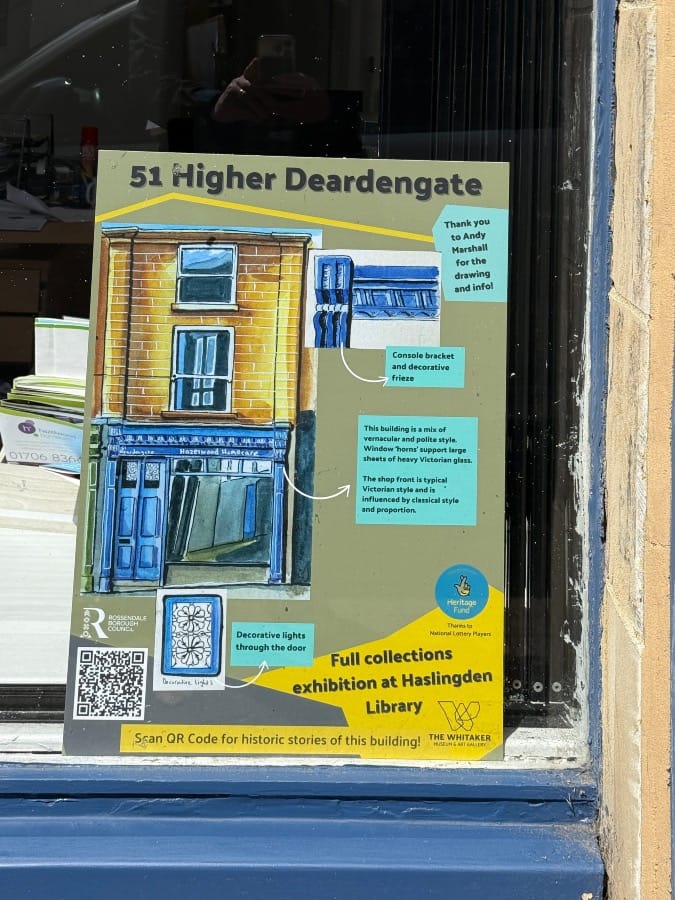
We took the students along the Museum on the Move trail, where they began sketching and photographing the buildings they encountered. Later, we returned to the library, working together in the upstairs classroom to develop their responses.
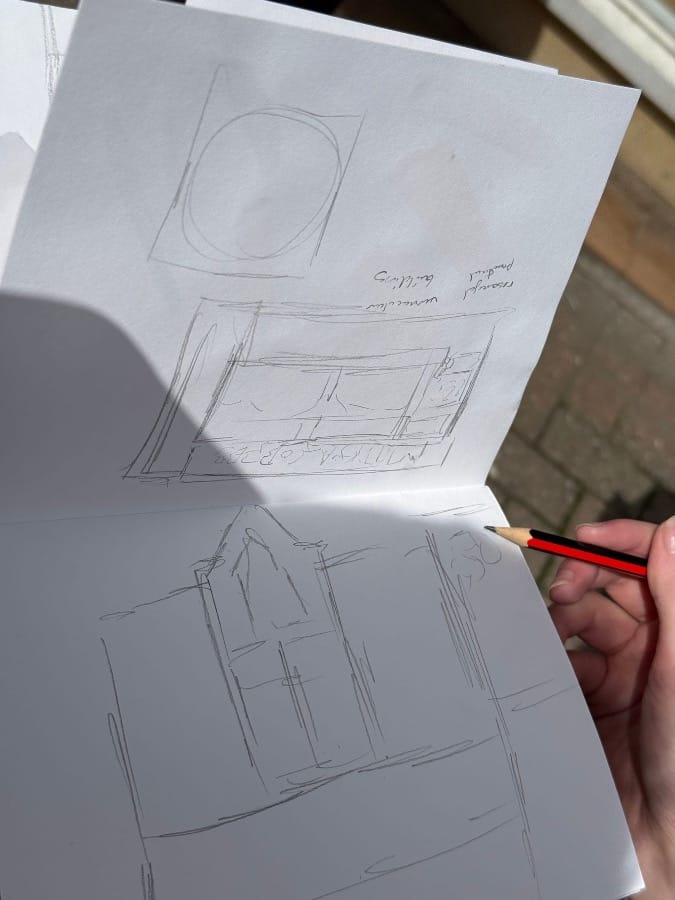
I shared some of my own sketchbooks – not as a lesson in technique, but as a way of inviting them to see that places can be interpreted through art, that we don’t just draw what we see, we can also draw what we feel.
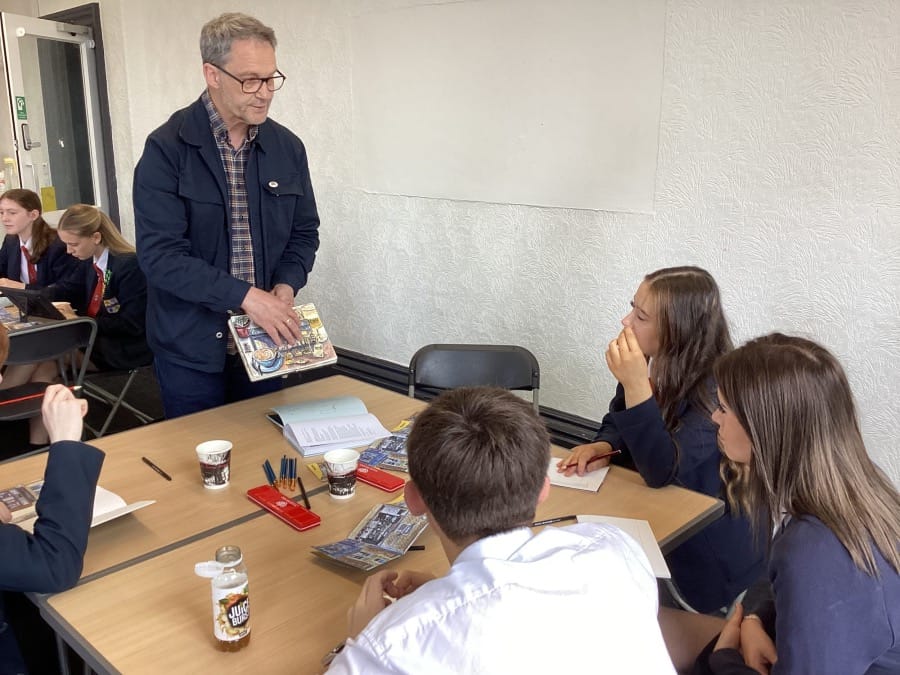
I walked around the tables as they worked, looking at the variety of their responses: fantasy towers, hidden interiors, window details, sculpted patterns, oak leaves and stone capitals. What we all realised today is that our high streets are not just places to shop – the buildings that line them are repositories of memory. They tell stories about the people of the past – what we loved, how we coped, how we engaged with the world. And in every building, no matter how 'mundane', there are meanings fizzing just beneath the surface – stories of pride, resilience, aspiration. These places are saturated with meaning. And what all that meaning does, in the end, is give us a sense of identity and belonging.
"I walked around the tables as they worked, looking at the variety of their responses: fantasy towers, hidden interiors, window details, sculpted patterns, oak leaves and stone capitals."
One pupil shared a powerful drawing he’d created earlier – a figure with one side human and the other skeletal. Through it, he was able to explore ideas of identity and duality without needing to explain them in words. He carried that theme into his sketch of the town, weaving a narrative about what lies beneath, about inner nature, and the hidden life of place.
Another pupil, instead of producing a carbon copy of place, drew a playful Gothic tower – something touched with the fantastical. It wasn’t a sketch of what she saw, but what she felt - how it related to her world view. In both cases, I was reminded of Picasso’s words: “Art is a lie that makes us realise the truth.” These young people weren’t just drawing buildings. They were uncovering deeper realities – emotional truths – through the act of making.
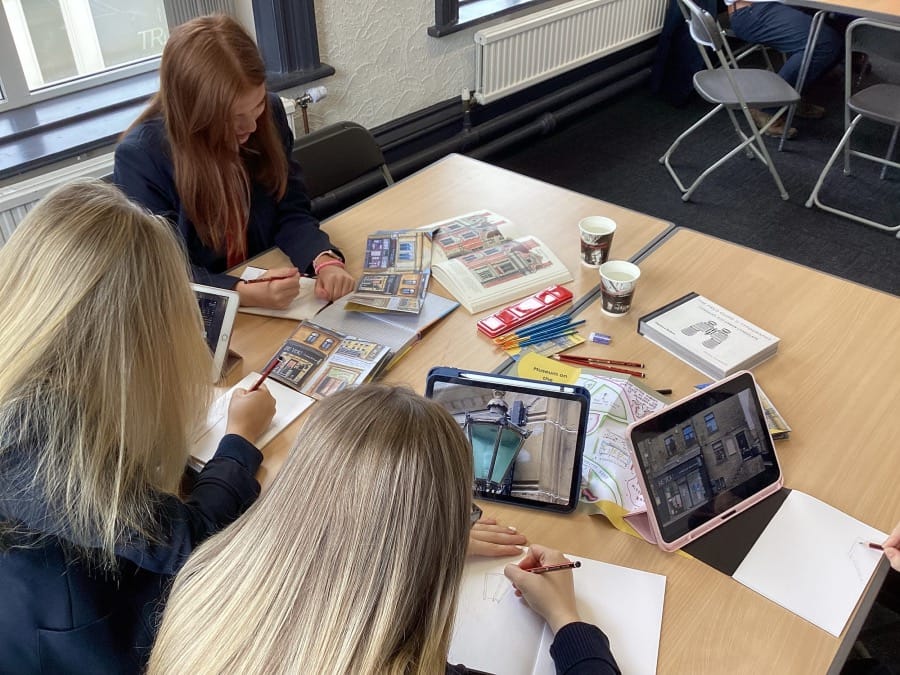
This, to me, is the real power of the Museum on the Move project. It shows how we can see the places we live not as something static, but as something alive – something we interpret and respond to, something that can transform us. Art has the power to make us look again – to return our attention to the things we usually pass by without recognition. A lintel, a cornice, a worn doorstep – these become doorways to memory and meaning. Making art of the so-called mundane helps us see the richness we’ve trained ourselves to overlook. It challenges our assumptions and reveals layers far deeper than those captured in ink or pigment. It tells us that there’s no such thing as an unremarkable place, and in turn, there’s no such thing as an unremarkable person.
Each and every one of the students at Haslingden High School has something of value to say. Museums aren't just collator's of artefacts - they are helping keep our communities engaged and grounded. We often forget how important their outreach work is.
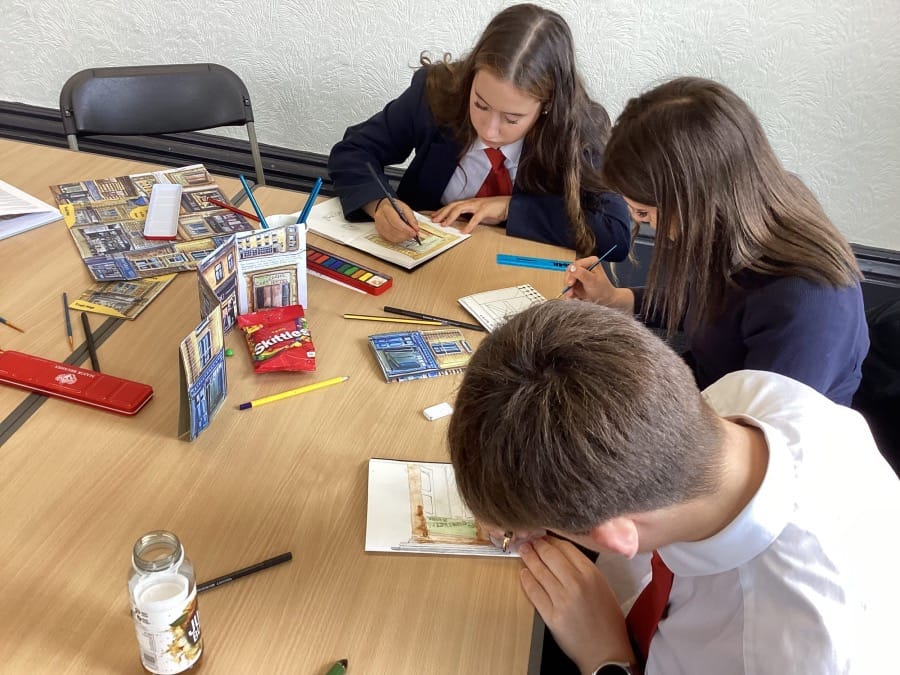
It’s an interesting time to be tracing Haslingden’s past, because the town is also facing forward. Regeneration plans are underway, and like many places in transition, the High Street – Deardengate – currently sits in a state of limbo. Temporary fencing guides pedestrians around construction zones, and fluorescent spray paint outlines future paving schemes and street improvements.
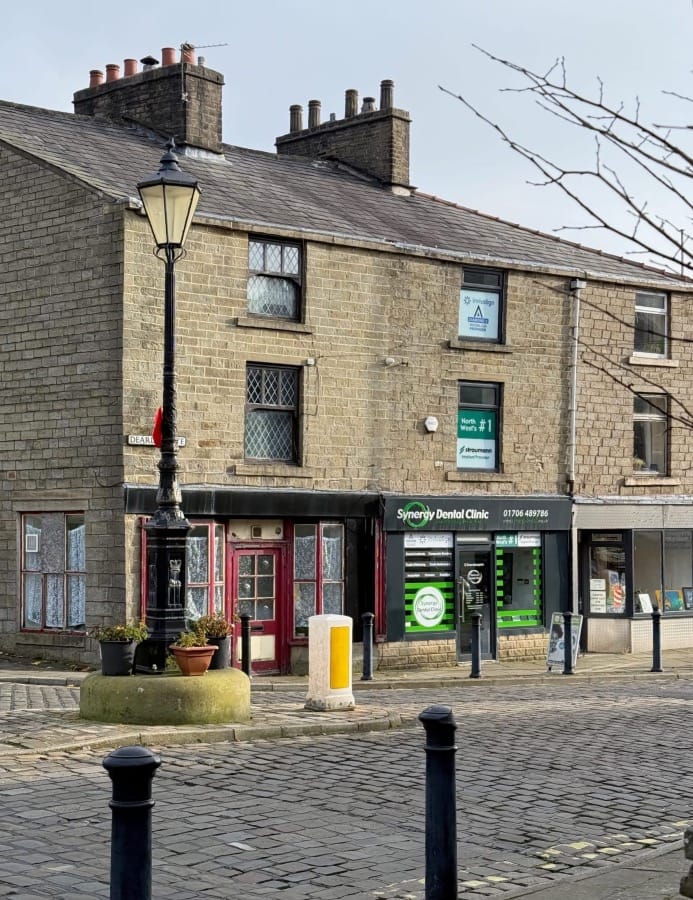
Haslingden, like countless northern towns, has borne the slow erosion of its high street in recent decades. But there is resilience in its bricks and mortar. Ghost signs linger on upper storeys, whispering of butchers, drapers and coaching inns long gone. I hope the regeneration plans will hold space for those traces – not just to preserve the past, but to enrich the future. Because here, the past doesn’t rest, it presses its grubby nose to the present.
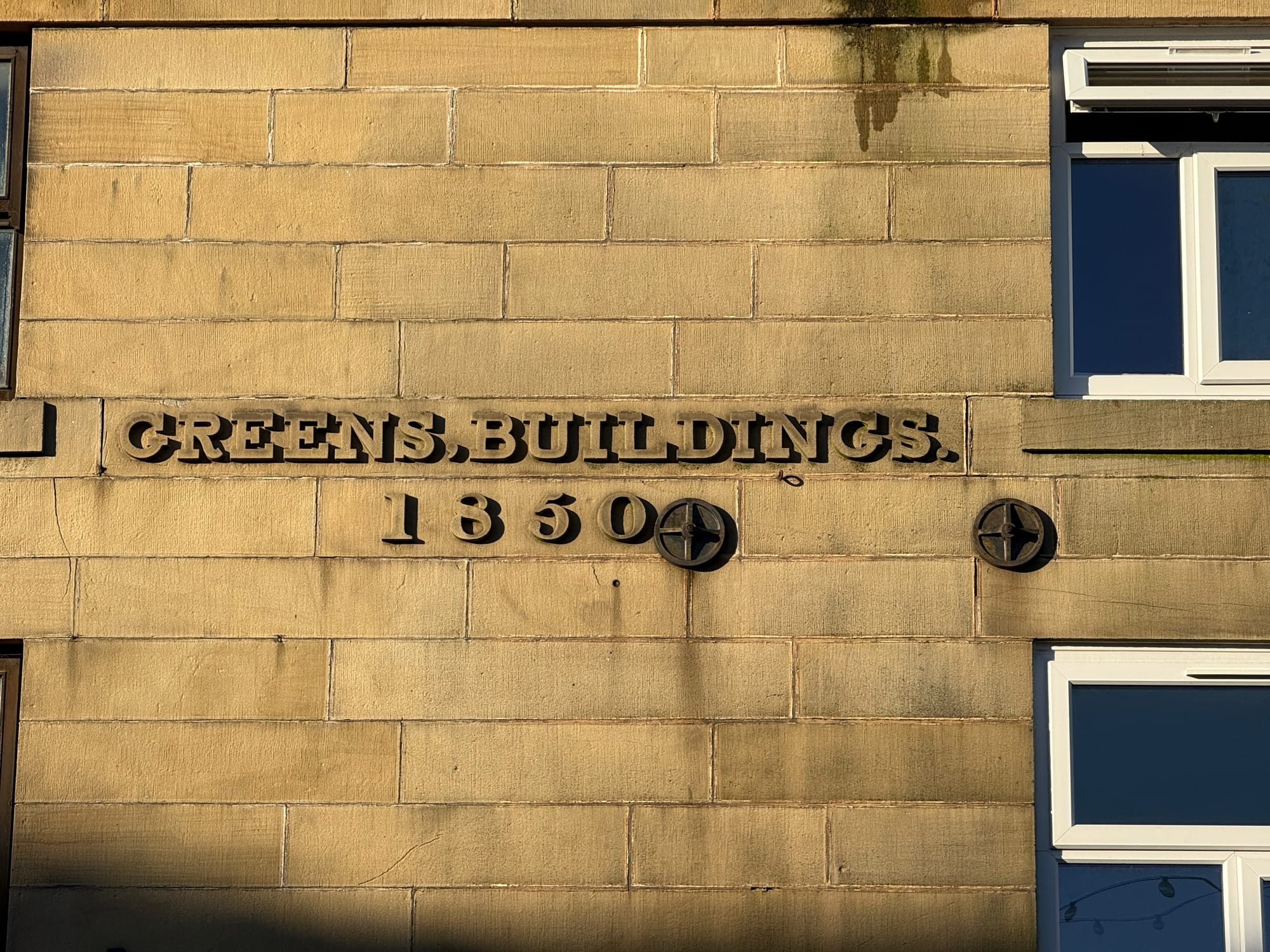
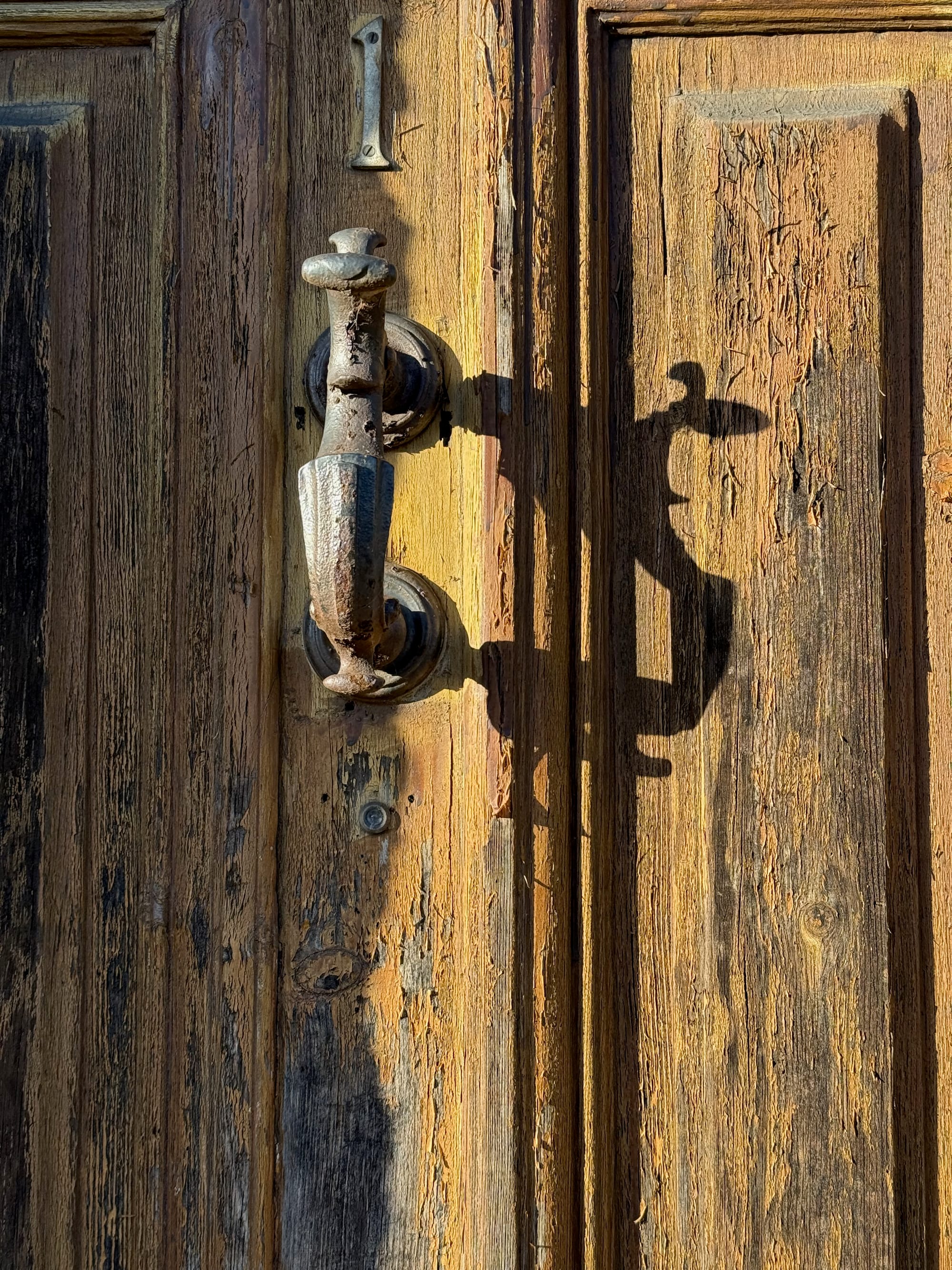
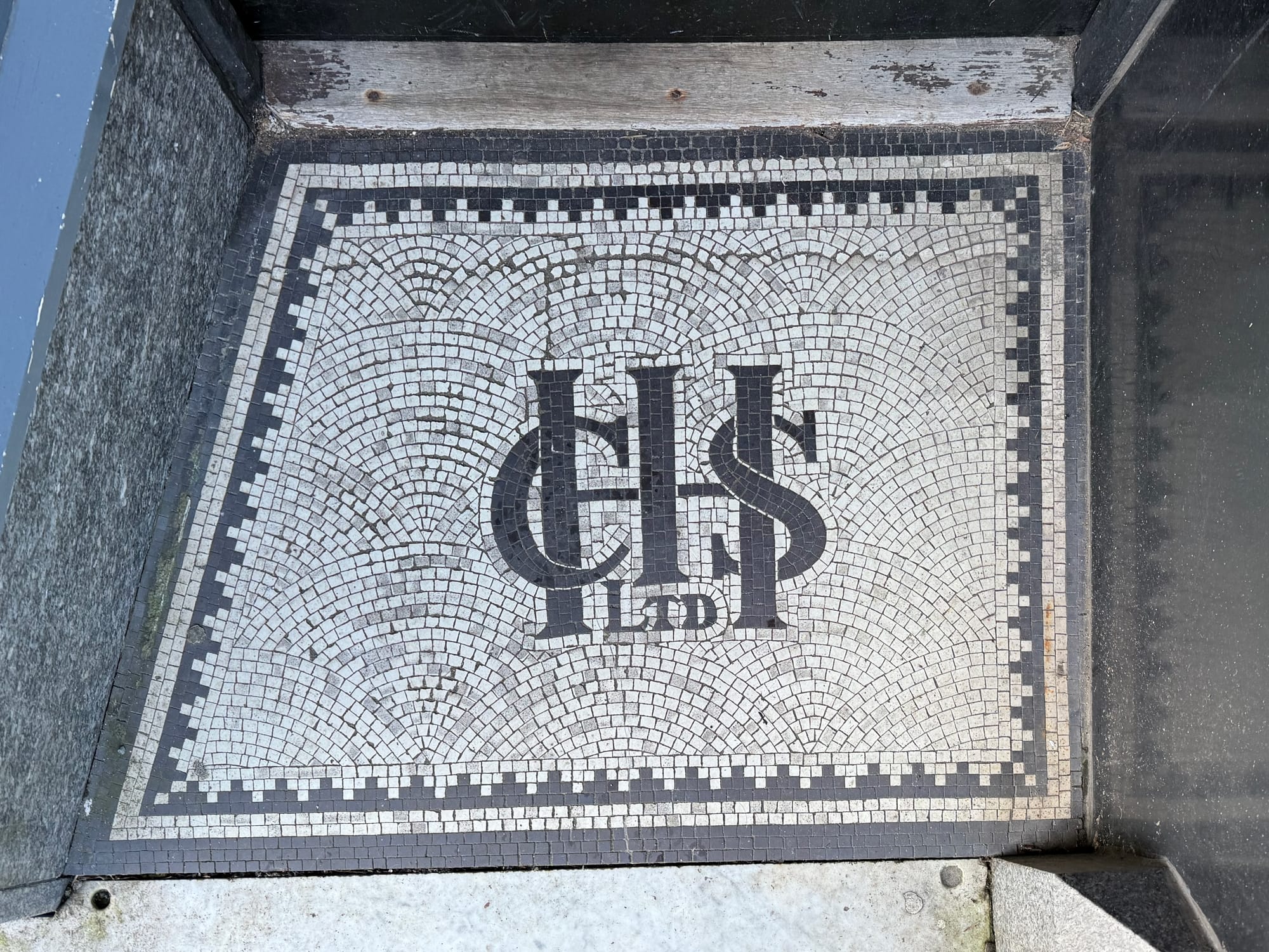
And what we’ve discovered together – pupils, teachers, artists and curators – is that the world around us isn’t just a set of objects to be used or dismissed. There’s depth beneath every facade. Meaning beneath every shopfront. The ordinary becomes extraordinary when we begin to see the poetry behind it and translate it into other parts of our lives. The everyday becomes priceless when we learn to look with attention, imagination, and care.
And that can be life-changing for those pupils that manage to snag that concept and take it into their adult lives.
Projects like this are scalable. They can happen in every city, town and village in the country. They remind us that art is more than decoration – it’s fundamental to how we navigate; it's a way of seeing. In a world increasingly saturated with data and noise, art gives us pause. It helps us absorb complexity. And through that pause, it allows us to find something enduring – a deeper truth that helps us gain purpose and thrive – not only as individuals, but as communities.
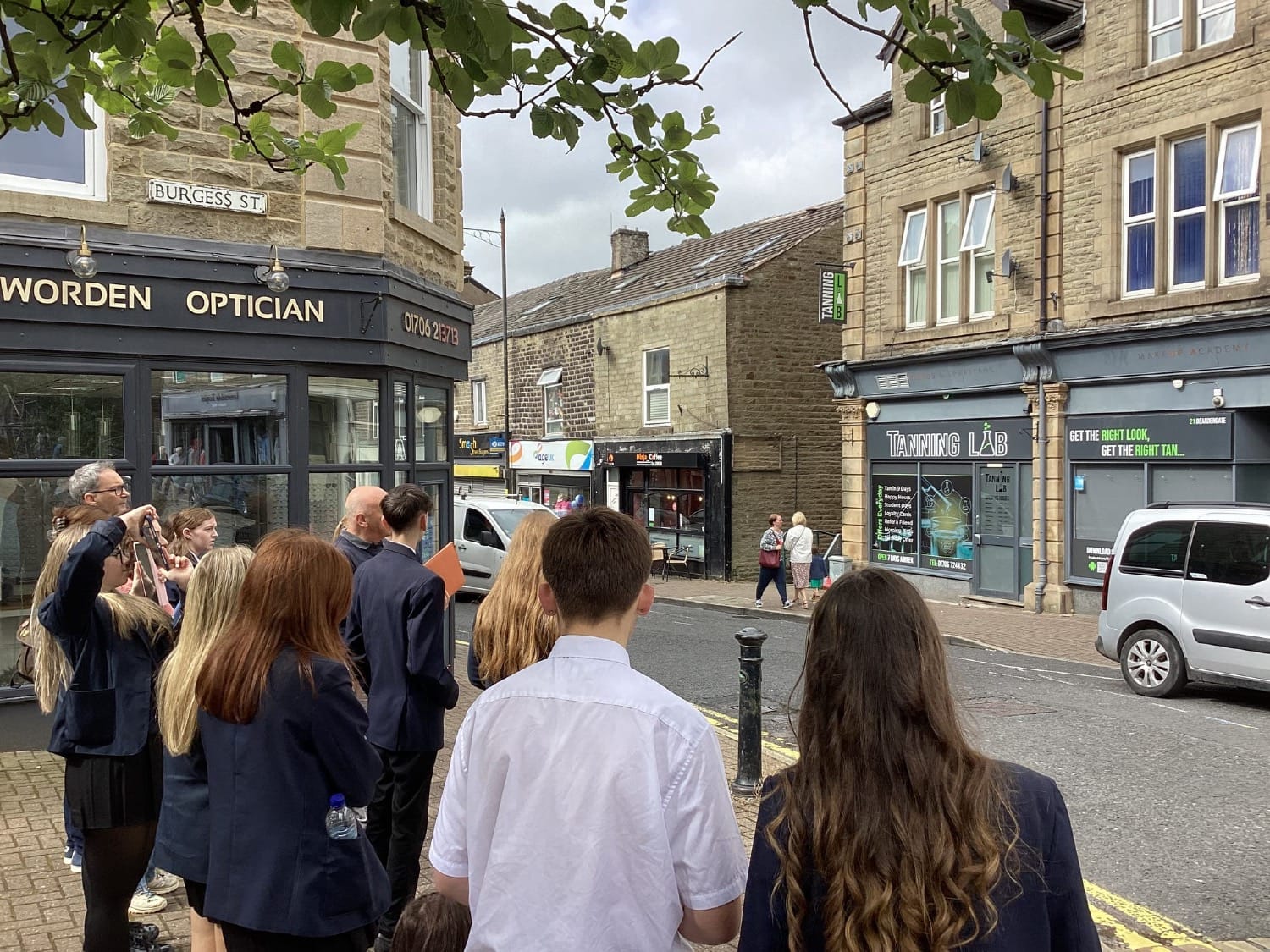
Thank you to the National Lottery Heritage Fund as the sponsor of this project through the Big Lamp initiative in Haslingden
About The National Lottery Heritage Fund
Our vision is for heritage to be valued, cared for and sustained for everyone, now and in the future. That’s why as the largest funder for the UK’s heritage we are dedicated to supporting projects that connect people and communities to heritage, as set out in our strategic plan,Heritage 2033. Heritage can be anything from the past that people value and want to pass on to future generations. We believe in the power of heritage to ignite the imagination, offer joy and inspiration, and to build pride in place and connection to the past.
Over the next 10 years, we aim to invest £3.6billion raised for good causes by National Lottery players to make a decisive difference for people, places and communities.
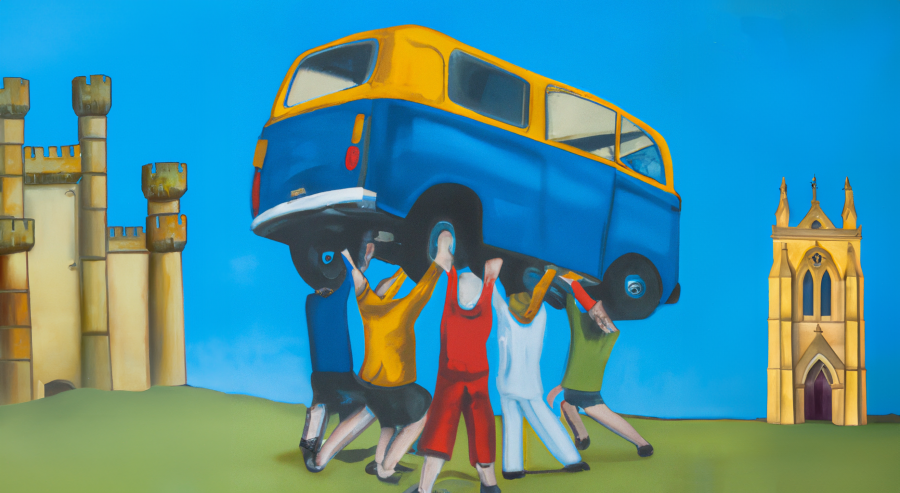
Free Memberships Available
Although the Genius Loci Digest is freely available to all, there’s a deeper layer of content reserved for tier members — a rich collection of art, photography, and reflective writing that expands on each journey.
I’ve set aside a small number of free memberships specifically for students. These unlock full access to the archive and are a great resource for anyone studying place, history, or the arts — and they can also count towards your CPD.
Tier members aren’t just subscribers — they’re a warm and thoughtful community who support my work and help fund free professional photography for historic sites that need it most.
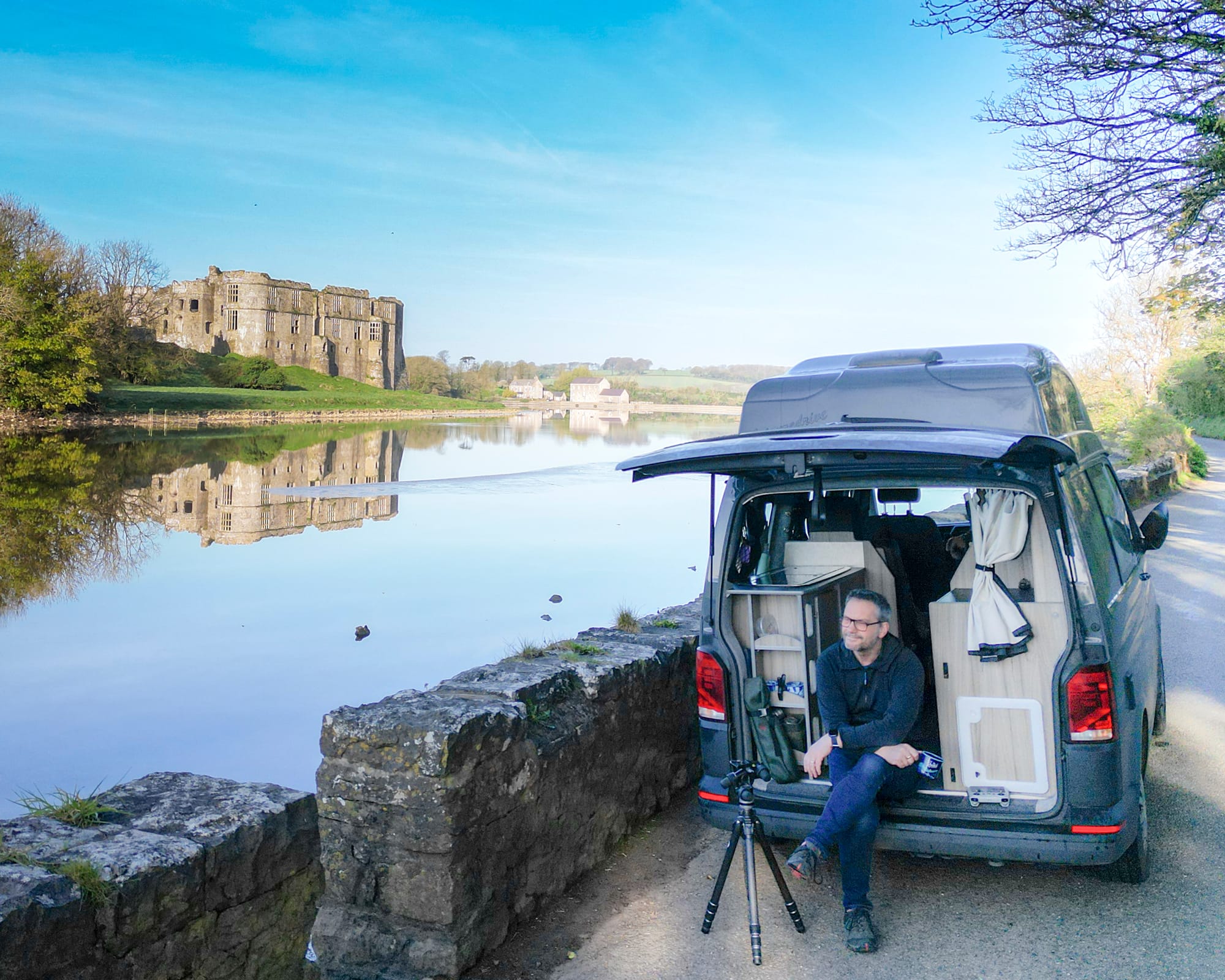
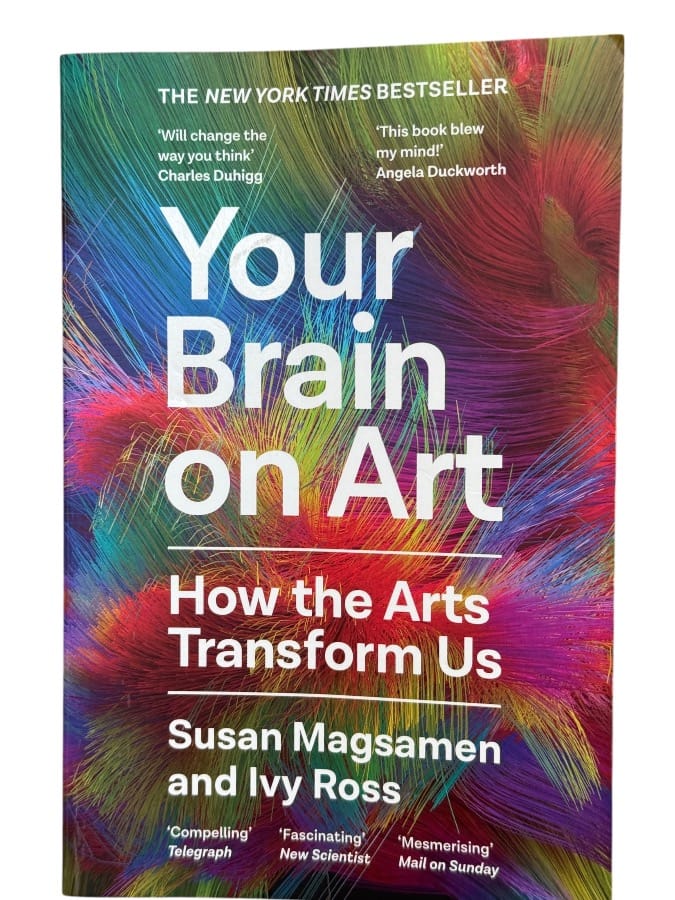
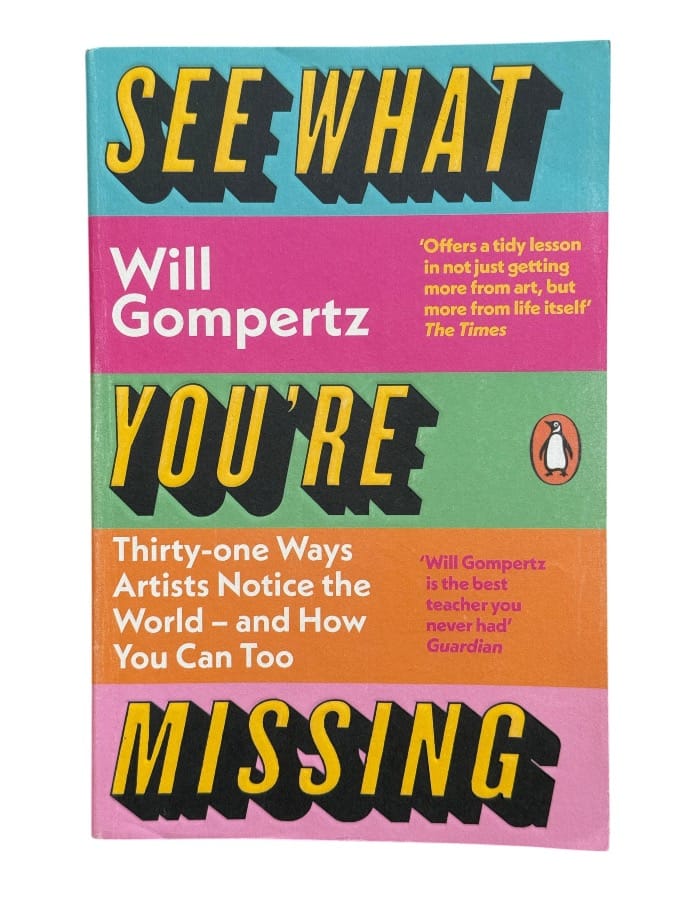
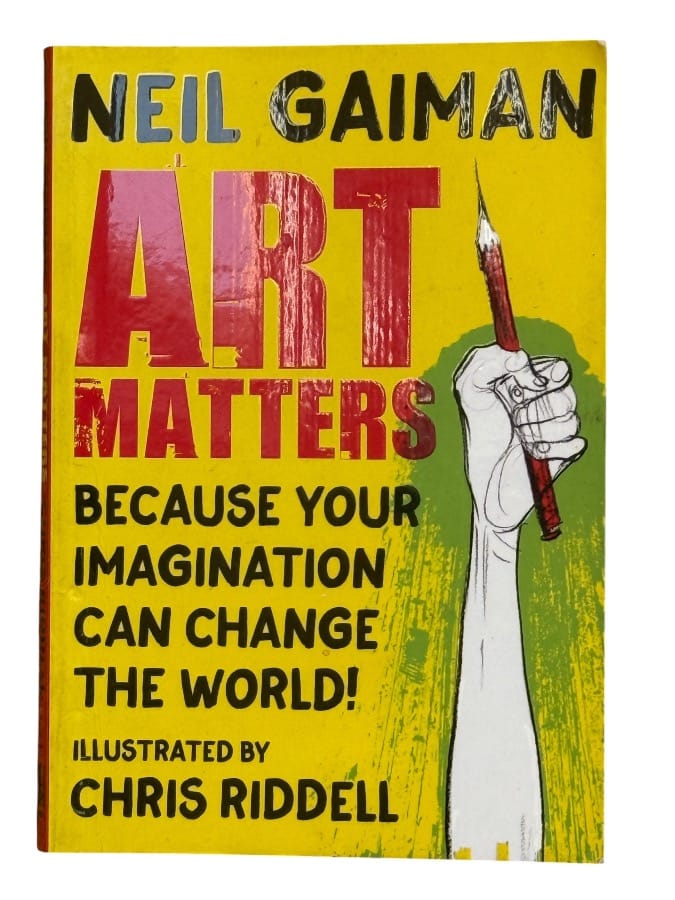
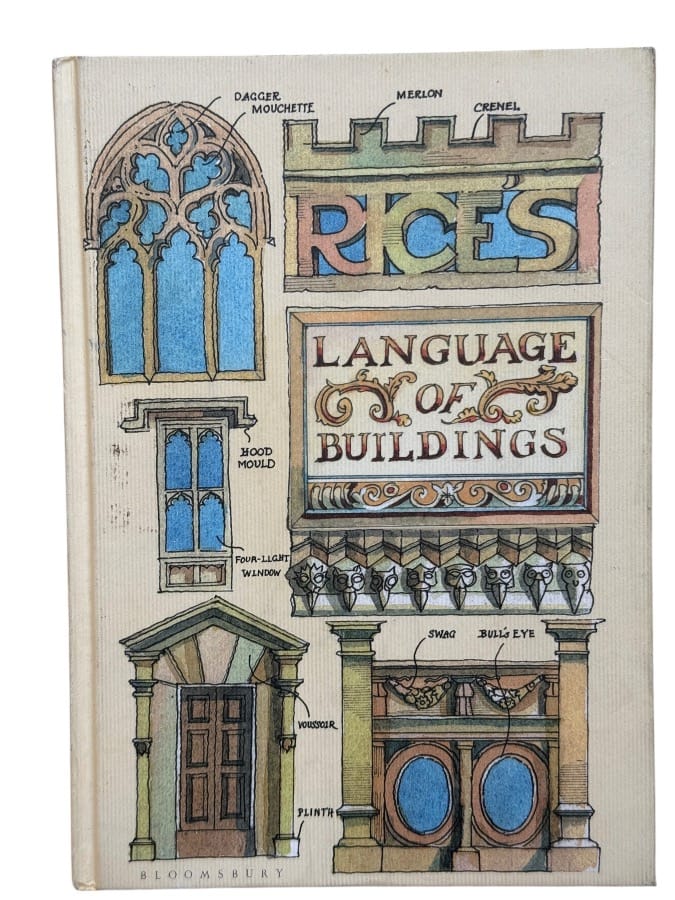
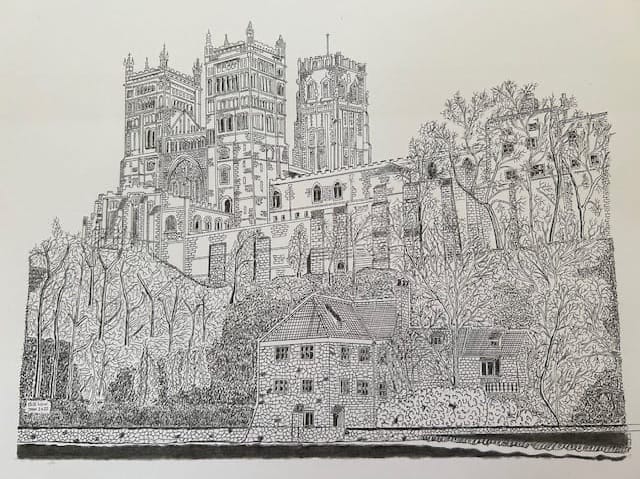
On a trip to Hexham last year I wrote about a chance meeting with a wonderful artist called Bill Law - who used art to help him negotiate Parkinson's.
Bill is now sharing his art on Etsy.

Here's another outreach project that I've been working on with Bury Art Museum and artist Lee Crocker. Spirit of a Place, Radcliffe (Greater Manchester) is taking people around Radcliffe's built heritage and sharing the hidden stories behind the facades.
The final tour is this coming Sunday before I head off to London and the beautiful Southwark Cathedral.
It's free! So if you're around or nearby, book your place here:
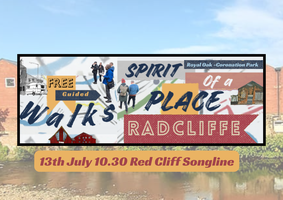
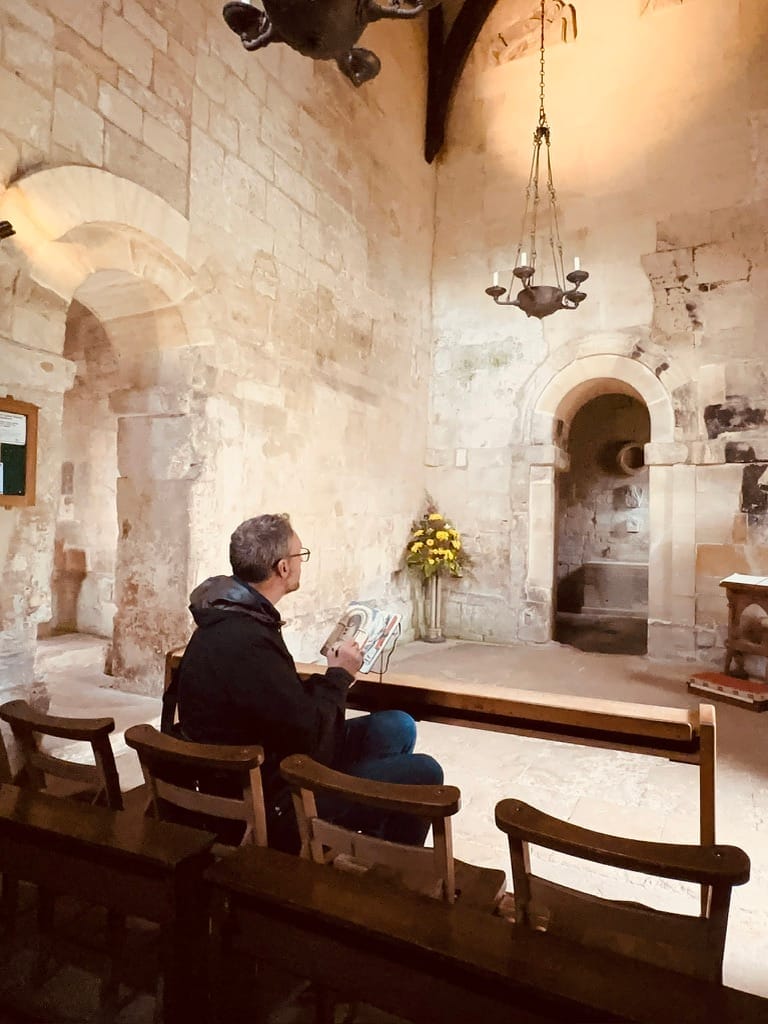
My sketchbooks aren’t my first attempt at understanding who I am, or how I fit into all of this. Photography has long been helping me on that journey. I think of my lens as a divining rod, guiding me to places and moments that enlighten and inform. But sketching has added another layer, fine-tuning my perception of the world around me.
Member's Field Notes
Where the lens lingers a little longer...
The Cast Room - a wonderful AR visual reasource.
⛫ Welcome to my virtual Cast Room. On my travels, I've been creating augmented reality casts of things that appeal to me. The Cast Room is inspired by John Ruskin's Venetian casts and the Cast Courts of the V&A, London, which house a vast selection of casts taken of great works of art all over the globe.
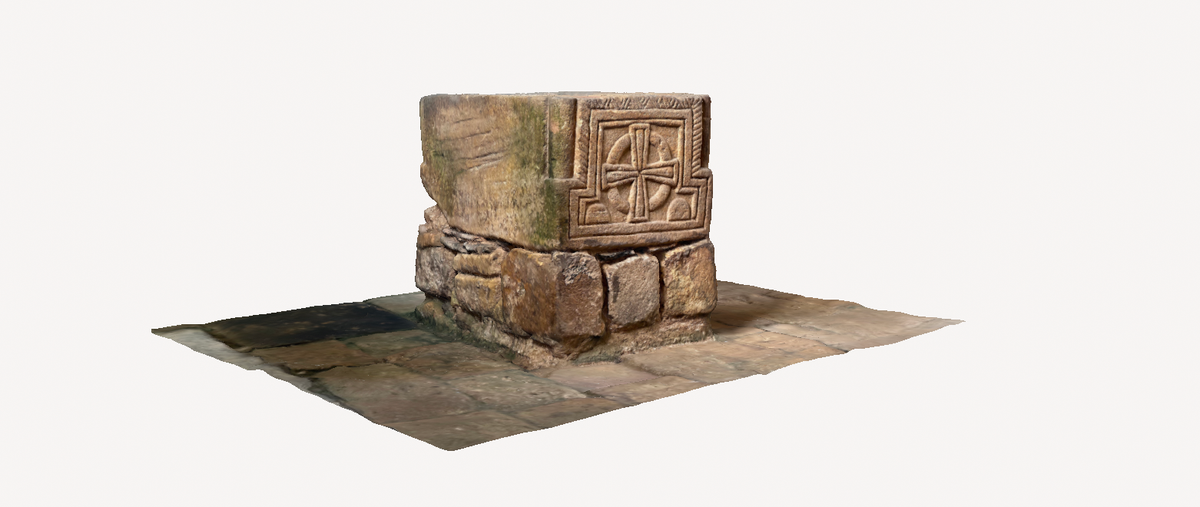
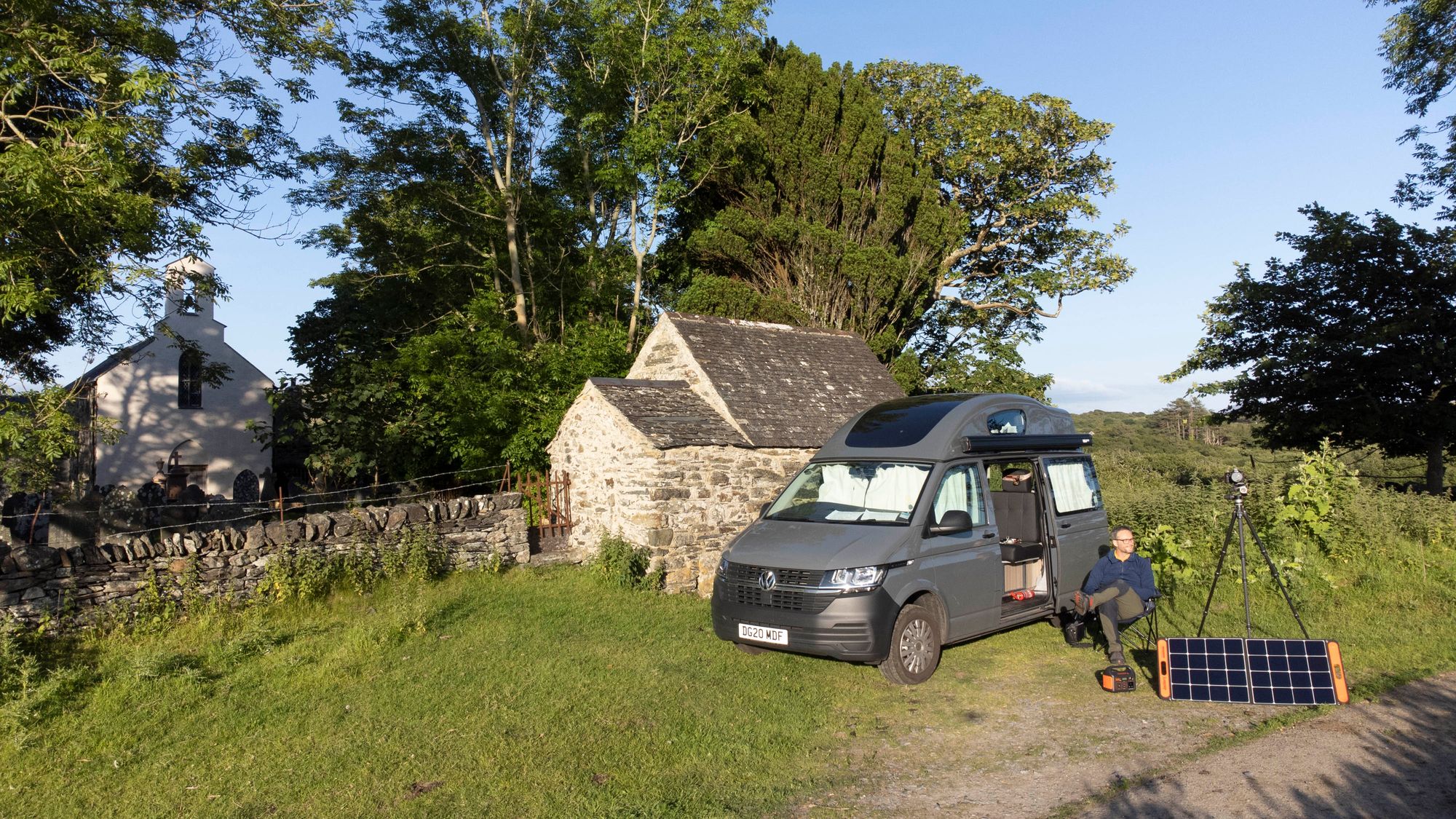
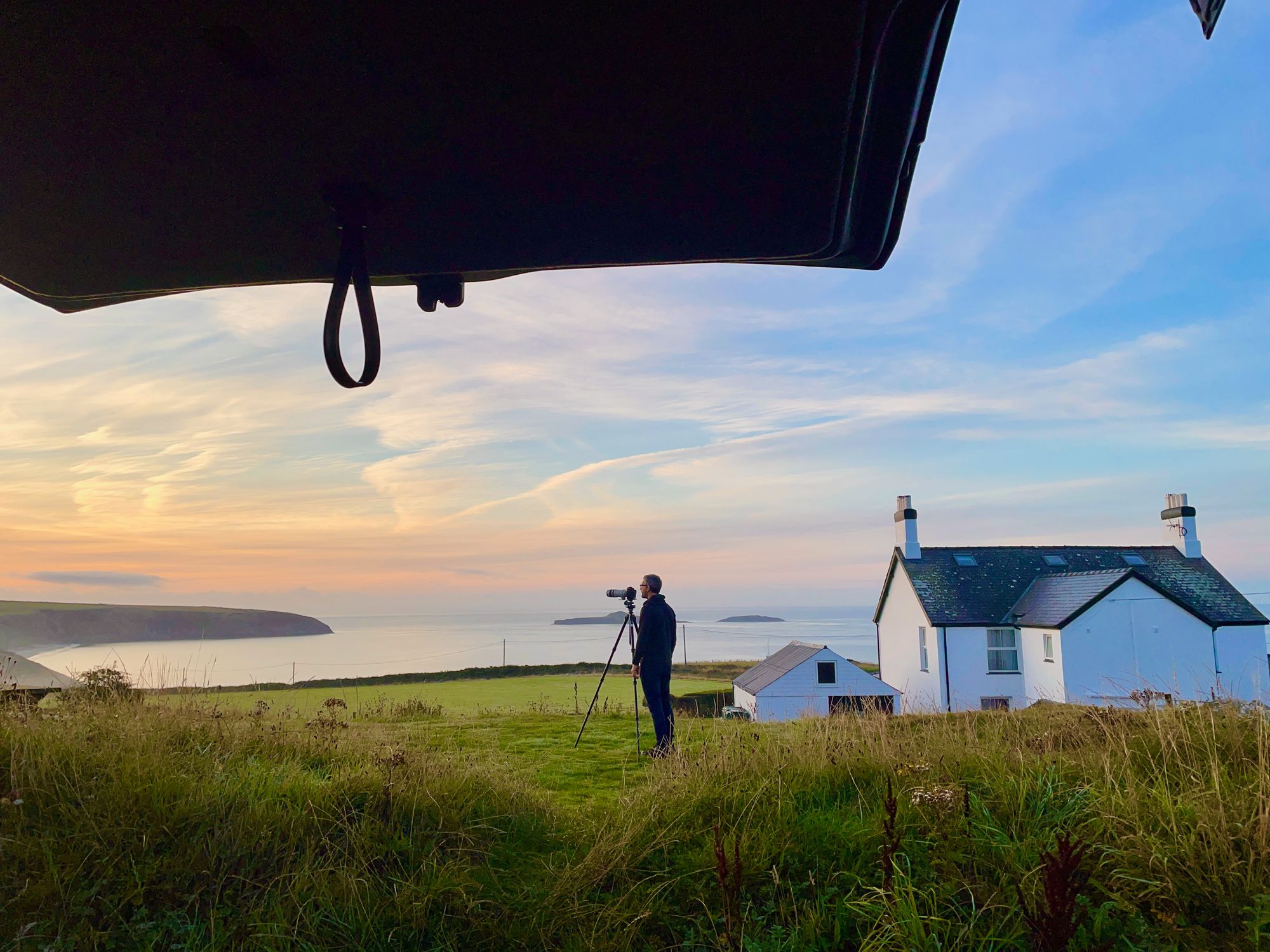
Like to linger a little longer? Why not consider becoming a member and help me continue my journey.
Recent Digest Sponsors:
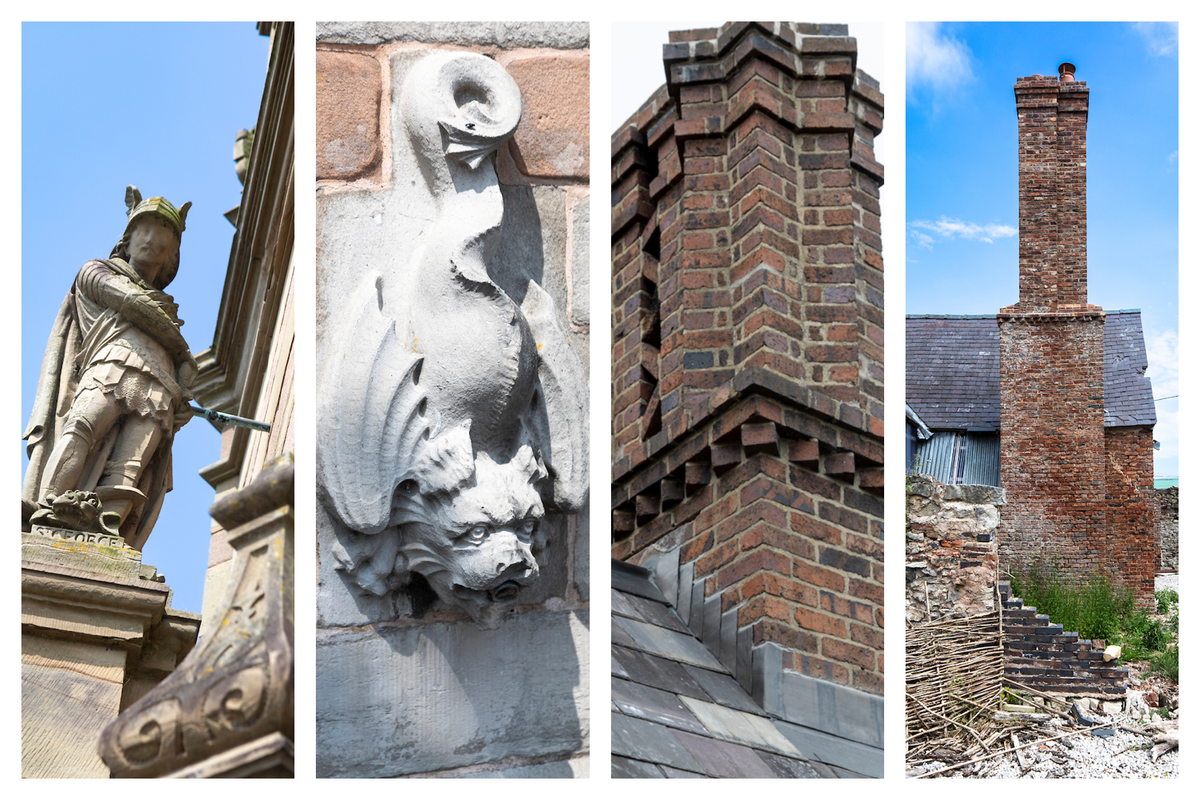
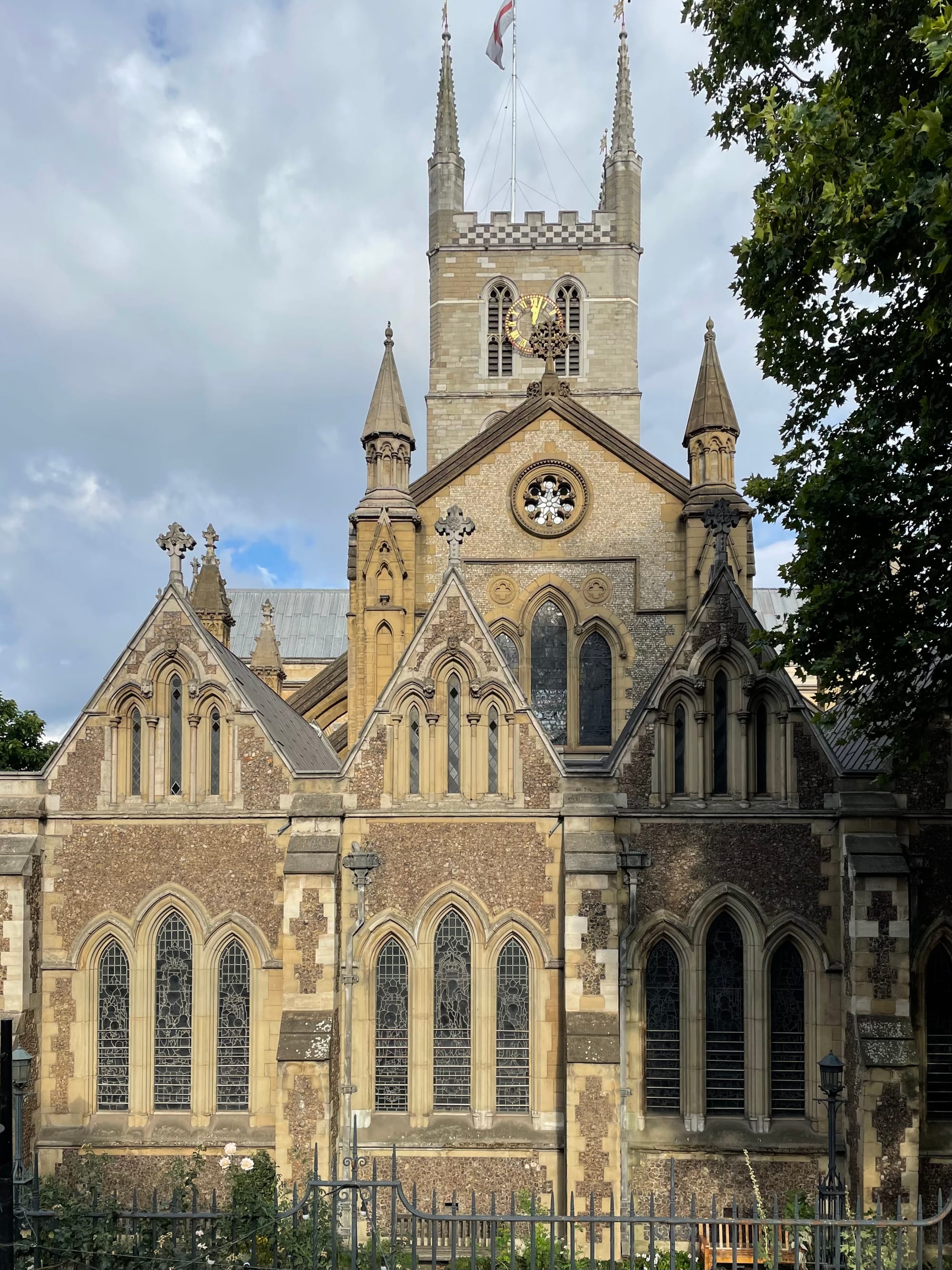
I've been commissioned to photograph Southwark Cathedral and will be heading down to London next week. I'll be sharing my story soon in the Digest.
Kind words from a subscriber:
Andy your work is becoming wonderful, remarkable. A so-called breakdown has been milled into its constituent parts, becoming profound construction: through perception, architecture, the lens and the pen. In your Repton crypt essay a deep description of our social anxiety - and our reason to be....
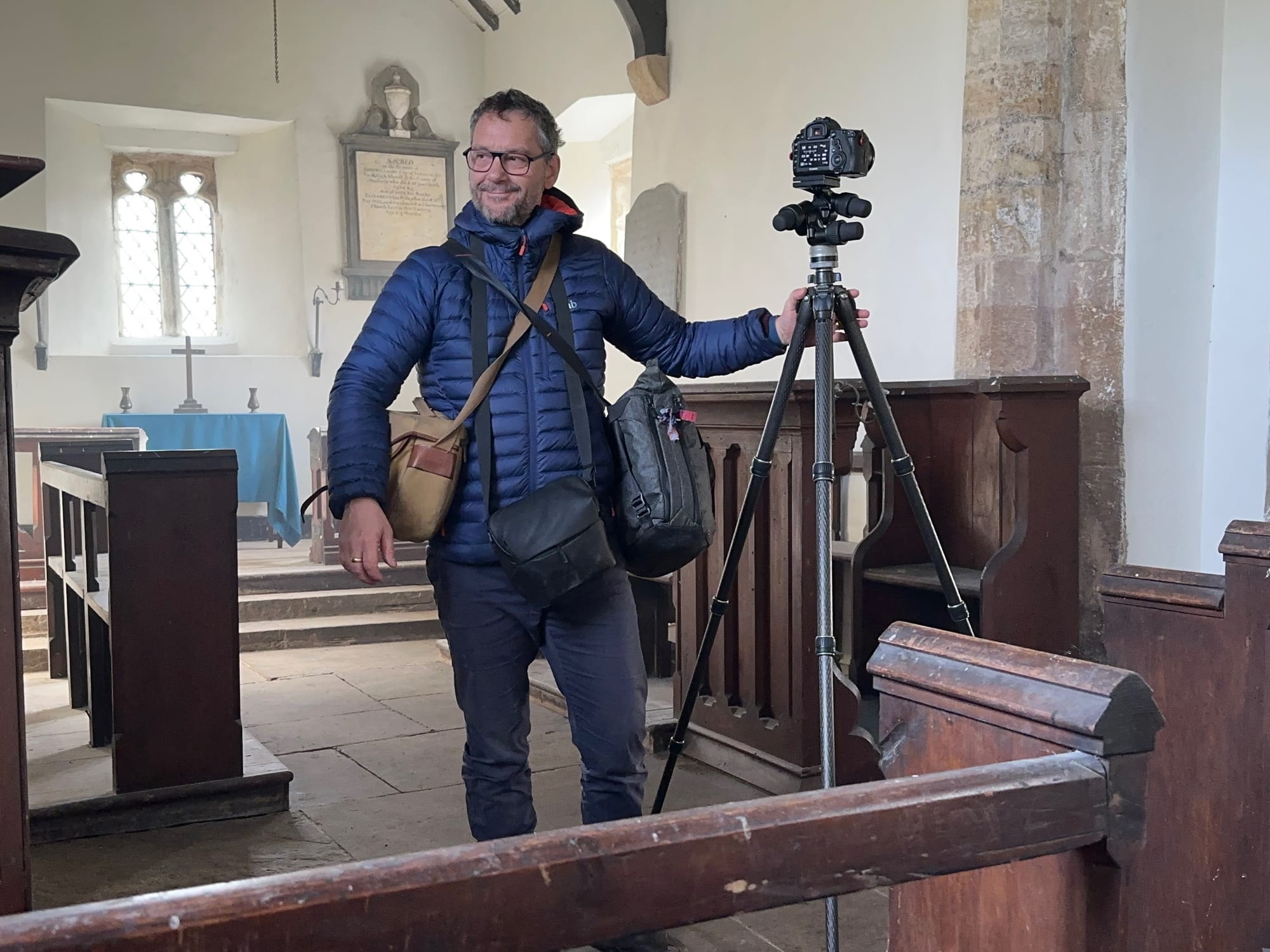
✨ The Genius Loci Digest is free and supported by readers. If you love it, you can become a Member to get deeper into the content and help keep it going.
Become a Member:
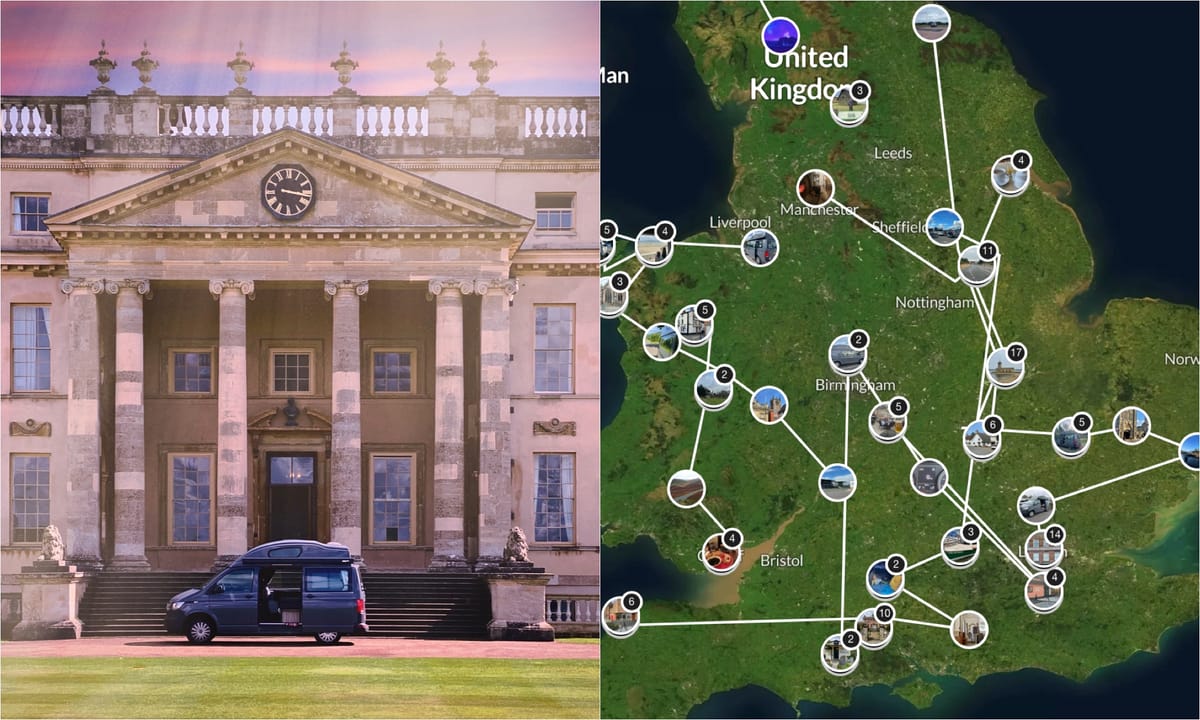
Make a Donation:

Purchase Art:
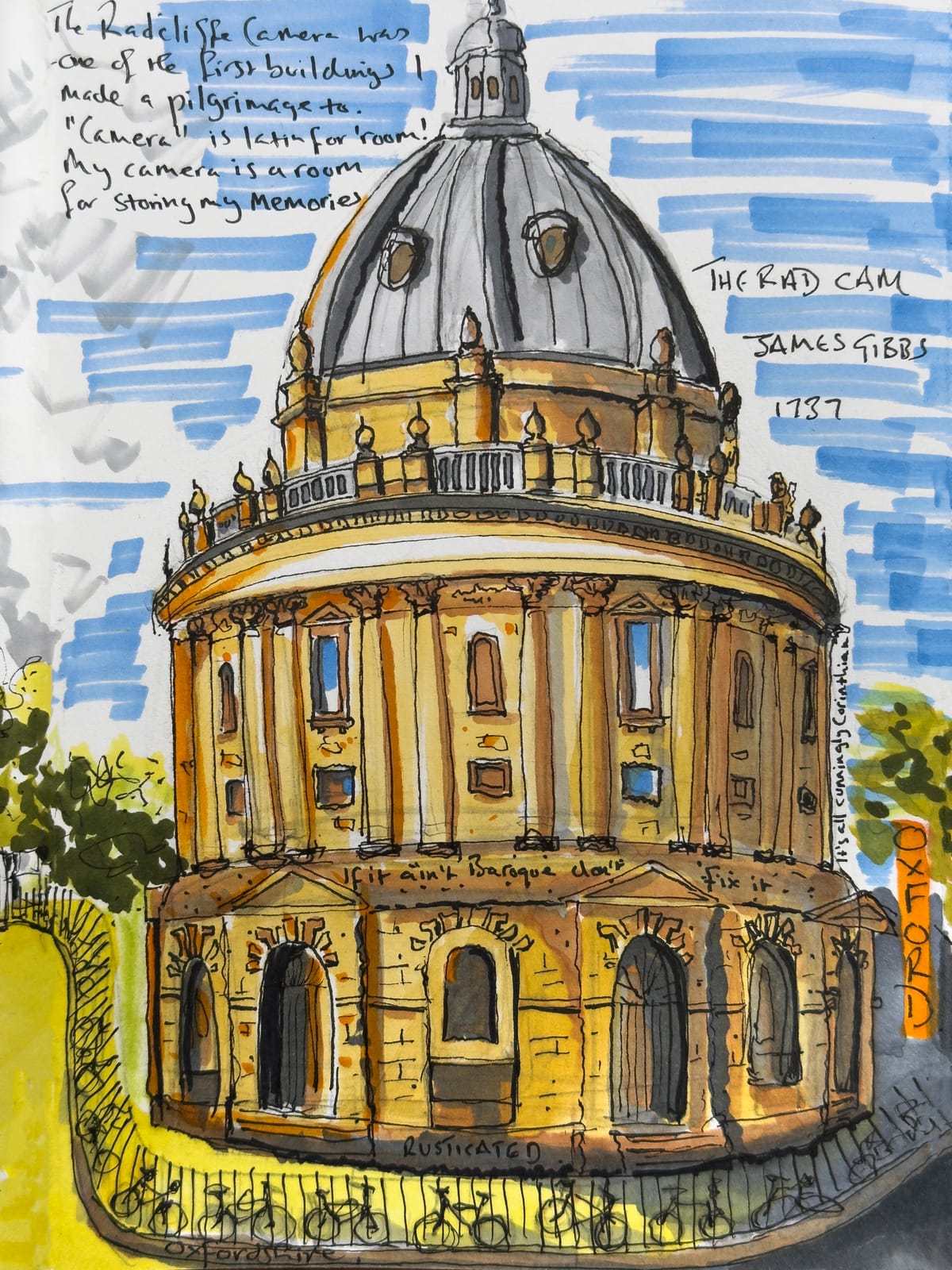
Companies can sponsor me too - more here:
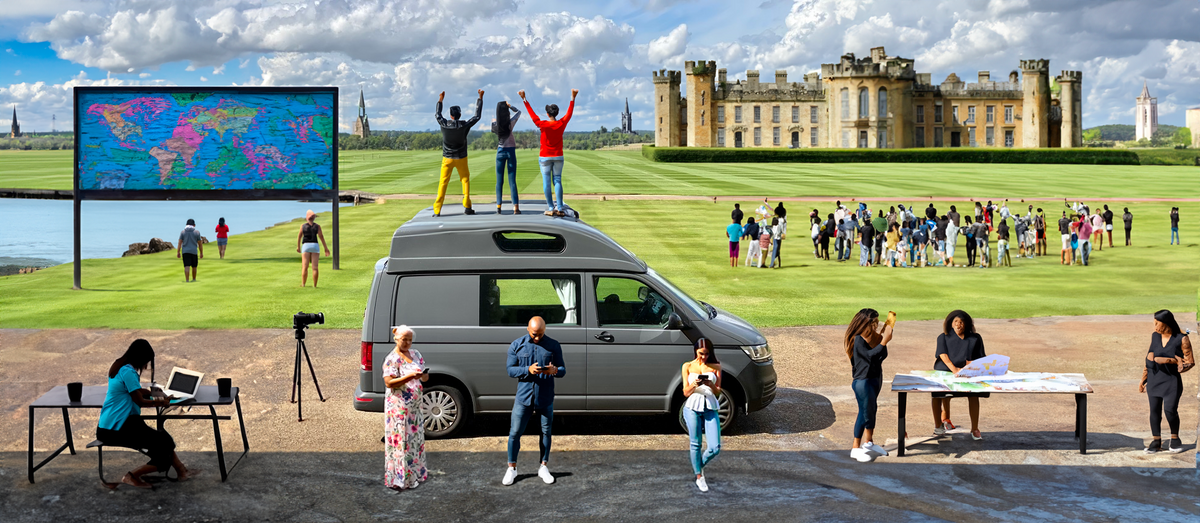
Kind words from Bluesky:
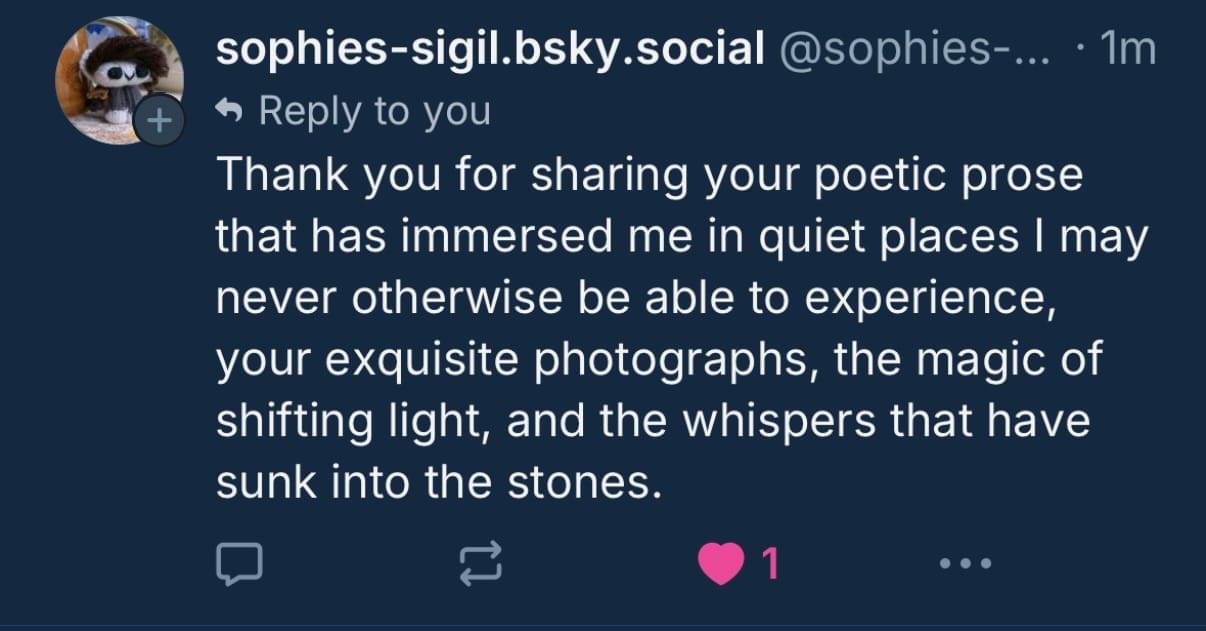
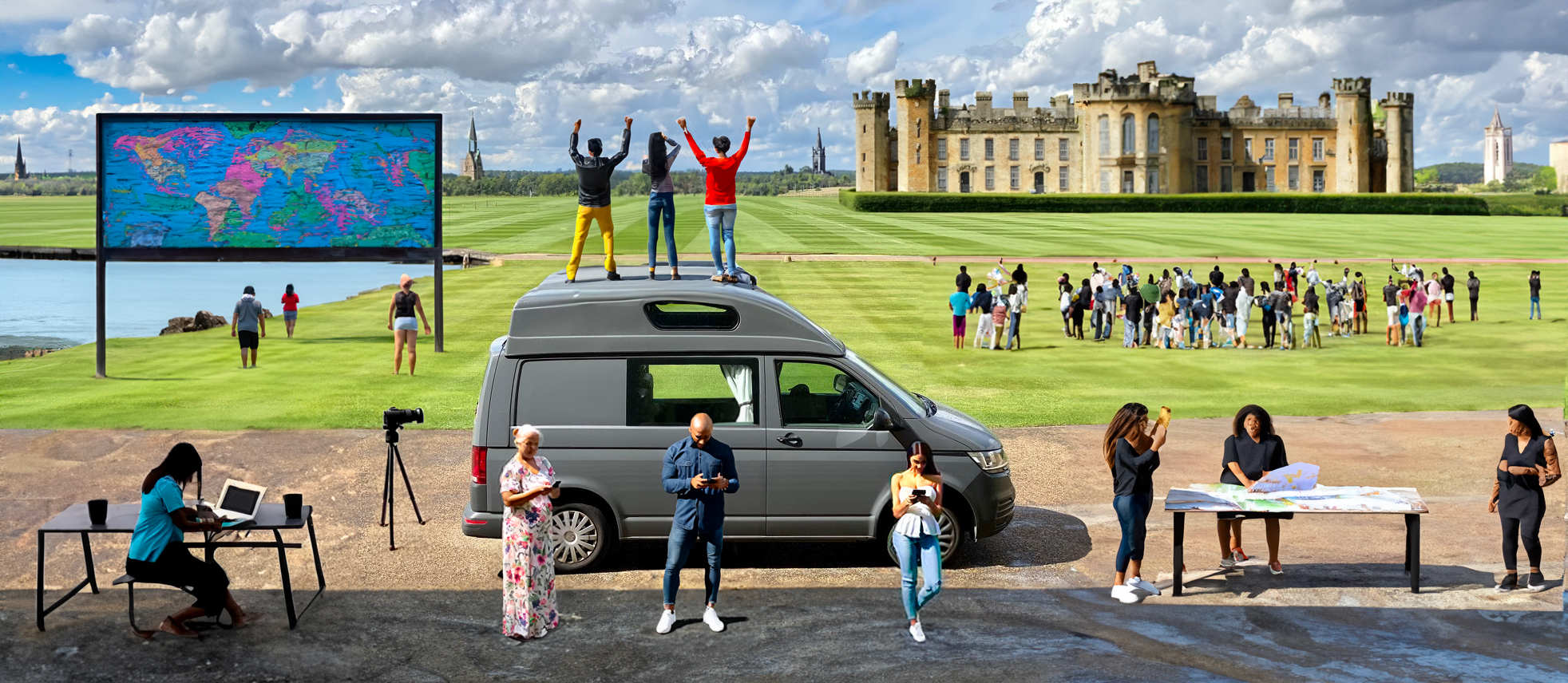
Thank You!
Photographs and words by Andy Marshall (unless otherwise stated). Most photographs are taken with Iphone 16 Pro and DJI Mini 3 Pro.
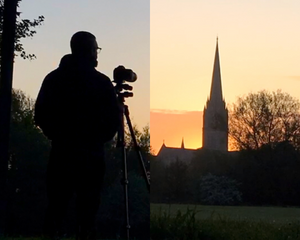
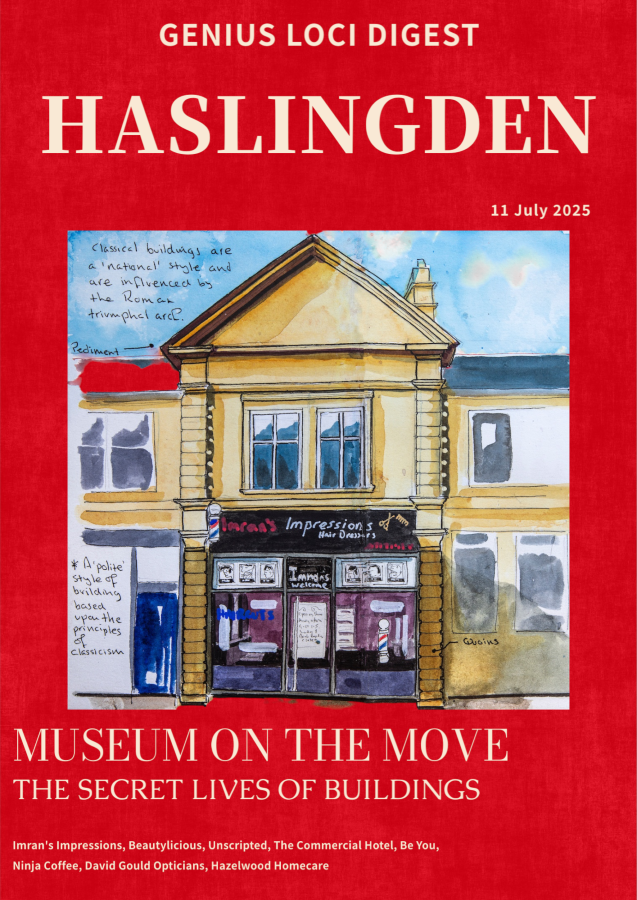
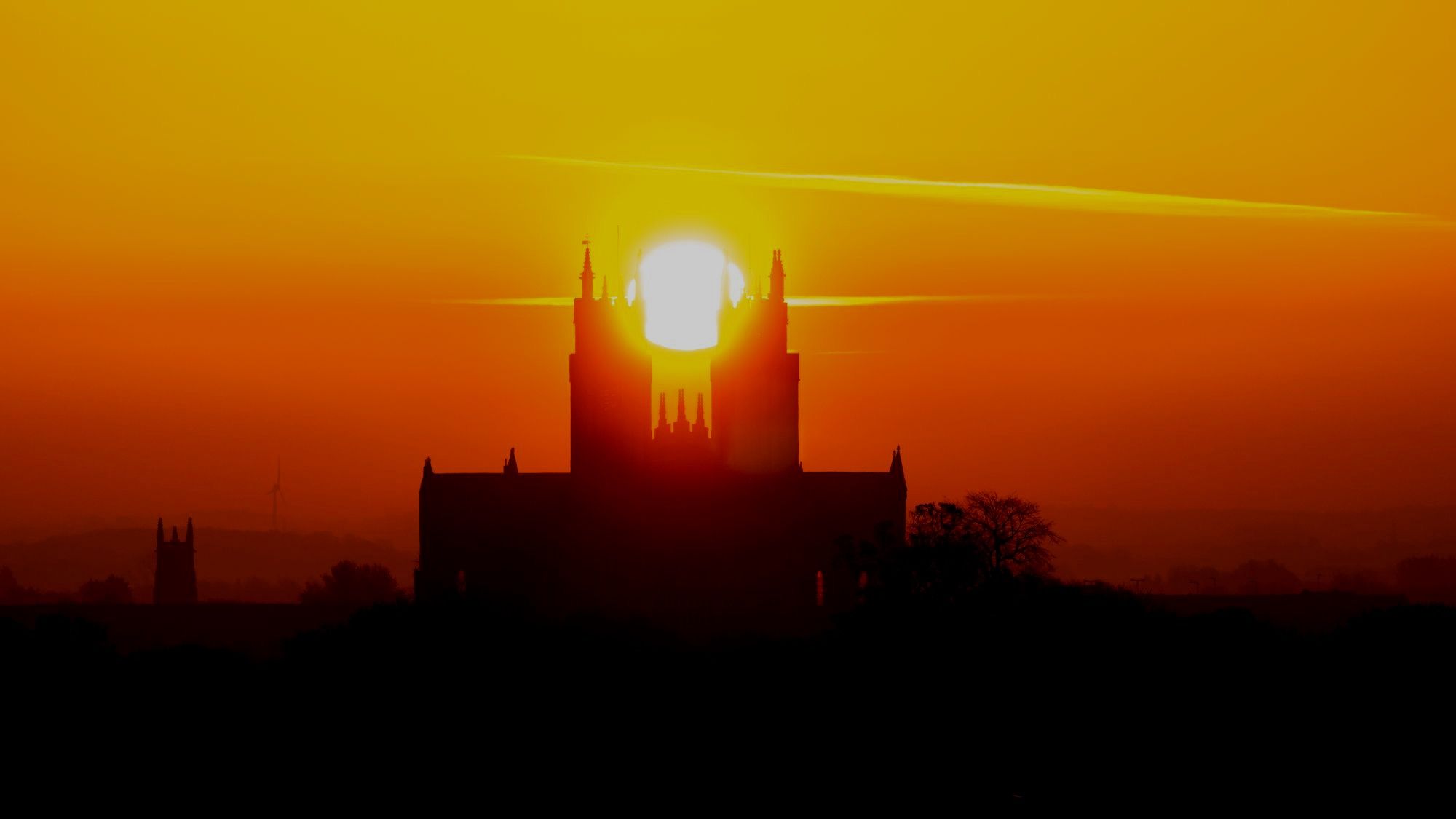


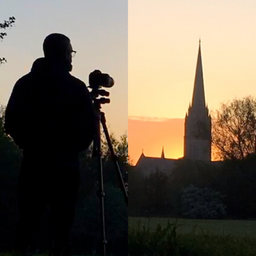
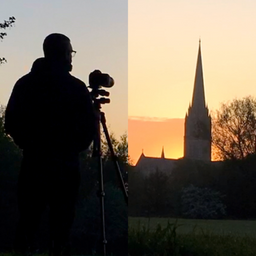
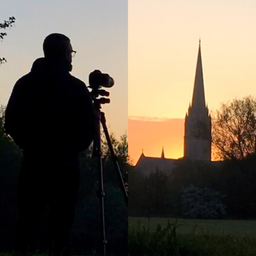
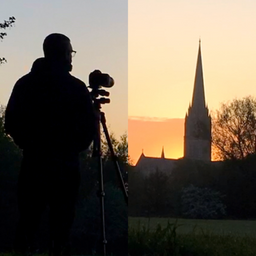
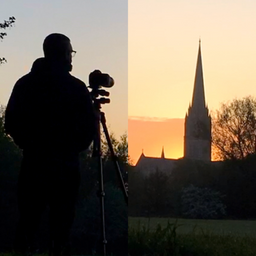
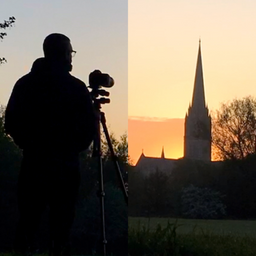
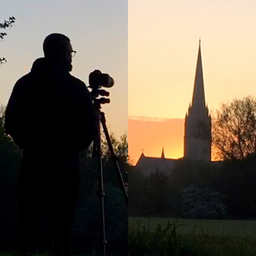


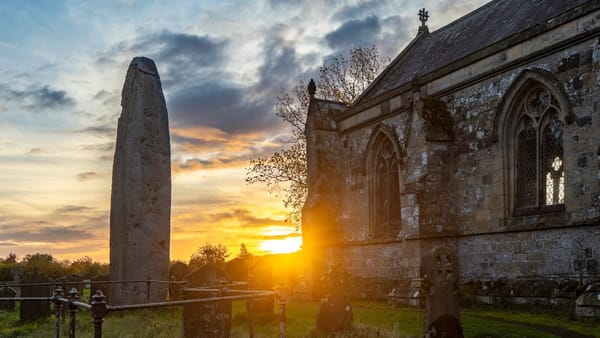
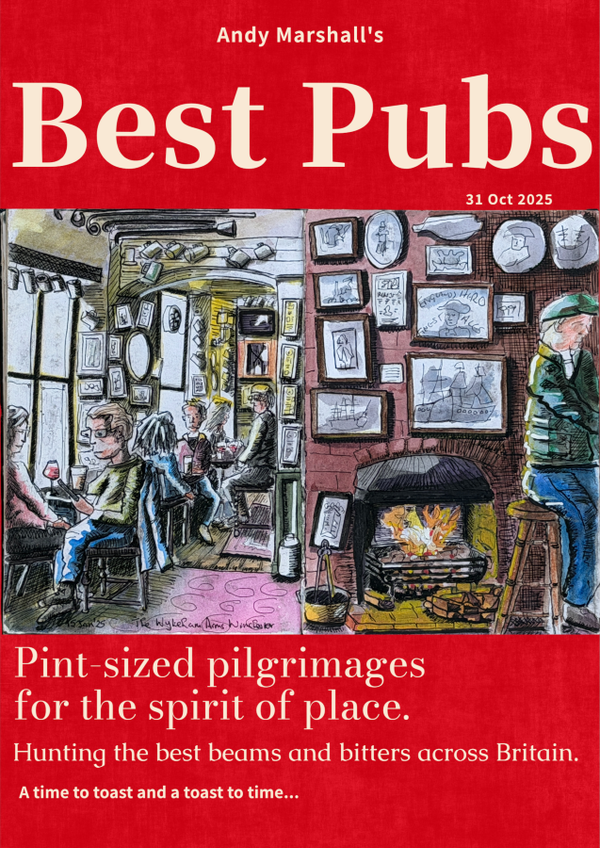
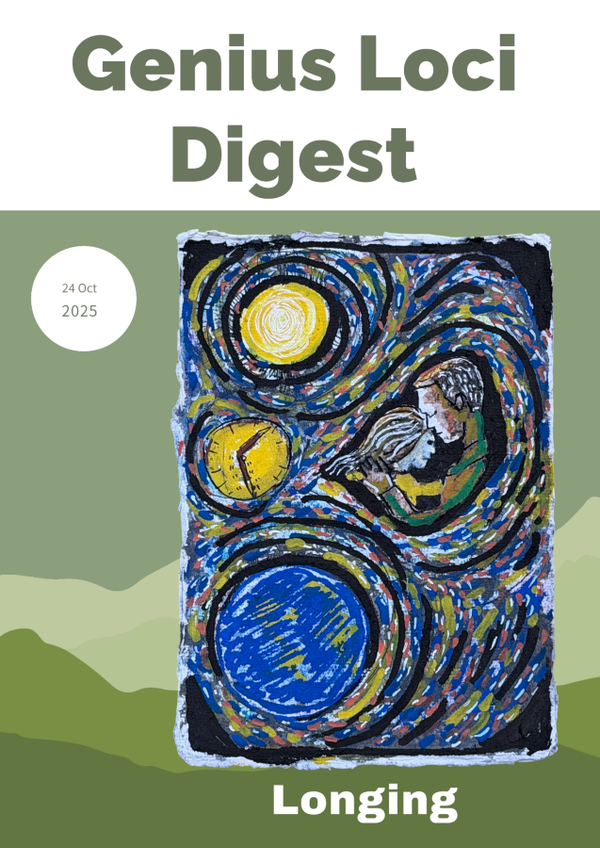
Member discussion